The exact number of horse breeds in the world is difficult to determine, as different countries and organizations have varying definitions and classifications of horse breeds. However, it is estimated that there are over 300 distinct horse breeds worldwide, each with their unique characteristics and histories. These breeds can be categorized based on various criteria such as their size, color, coat pattern, and use. Some well-known horse breeds include the Thoroughbred, Arabian, Quarter Horse, and the Andalusian.
The diversity of horse breeds is a testament to their long history of domestication and human partnership. Each breed has been selectively bred over generations for specific purposes, such as racing, riding, and work. Some breeds have even become symbols of national identity, such as the Mustang in the United States and the Peruvian Paso in Peru. Overall, the abundance of horse breeds highlights the beauty and complexity of the equine world and the important role that horses play in human society.

I. Introduction
Horse breeds are defined as distinct and uniform groups of horses that have been selectively bred over time for specific characteristics, such as size, color, gait, and temperament. These breeds are identified and registered based on their pedigree and adherence to breed standards set by various organizations. The classification of horse breeds is an important aspect of equine management, as it enables breeders, owners, and enthusiasts to understand and appreciate the unique characteristics of each breed.
The domestication of horses dates back to around 4000 BC, with evidence of horse husbandry practices found in ancient cultures such as the Botai people of Kazakhstan and the Yamnaya culture of Ukraine. Horses were initially used for transportation and later for agricultural work and warfare. The development of horse riding allowed humans to travel greater distances and engage in more complex military strategies. Horses have played a significant role in human history, from being a mode of transportation to a symbol of power and wealth. Today, horses continue to be an important part of human culture, with various breeds developed for specific purposes such as racing, show jumping, and ranch work.
Horse breeds have played a significant role in various cultures around the world, representing power, wealth, and prestige. In Europe, horses were used for transportation, agriculture, and warfare, with specific breeds developed for each purpose. The Arabian horse, known for its endurance and beauty, was highly valued in the Middle East, and played a significant role in the development of Islam. In Asia, the Mongol horse was instrumental in the rise of the Mongol Empire, allowing the warriors to travel long distances and conquer vast territories. In the Americas, the mustang, a feral breed of horse, became an iconic symbol of the American West, with ranchers and cowboys using them for herding and transportation. Today, various horse breeds continue to be important cultural symbols, with horse racing, rodeo, and other equine sports being an integral part of many societies.
The purpose of this blog is to provide readers with a comprehensive understanding of horse breeds and their importance in various cultures throughout history. The scope of the blog will cover topics such as the definition of horse breeds, the historical overview of horse domestication, the importance of horse breeds in different cultures, and the current state of horse breeding and management. The article will delve into the characteristics and attributes of various horse breeds, and how they have been selectively bred over time to meet specific purposes such as transportation, agriculture, and sports. Additionally, the blog will explore the cultural significance of horses and their impact on human history. Overall, this blog aims to provide a holistic perspective on the world of horse breeds and their importance in human culture.
II. Classifying Horse Breeds: Understanding the Basics
1. Different criteria for classifying horse breeds (size, color, coat pattern, etc.)
Horse breeds can be classified based on various criteria such as size, color, coat pattern, gait, temperament, and purpose. These classifications have been established to differentiate and standardize the breeds, allowing breeders, owners, and enthusiasts to better understand and appreciate their unique characteristics.
Size is one of the most obvious criteria for classifying horse breeds. Horses can range in height from miniature horses that are less than 30 inches tall to draft horses that can be over 18 hands (72 inches) tall. The most commonly recognized sizes of horses are pony, cob, horse, and draft. Ponies are typically less than 14.2 hands tall, while cobs are between 14.2 and 15.2 hands. Horses are generally between 15.2 and 17 hands, and drafts are taller than 17 hands.
Color and coat pattern are also important criteria for classifying horse breeds. Horses can come in a wide variety of colors, including black, bay, chestnut, palomino, and gray. Some breeds, such as the Appaloosa and the Paint Horse, are known for their distinctive coat patterns, which can include spots, patches, and speckles.
Gait is another criterion for classifying horse breeds. Some breeds are known for their unique gaits, which can include the trot, canter, gallop, and pace. The Tennessee Walking Horse is known for its distinctive gait, which is a smooth four-beat running walk.
Temperament is also an important criterion for classifying horse breeds. Some breeds, such as the Thoroughbred and the Arabian, are known for their high energy and sensitivity, while others, such as the Quarter Horse and the Clydesdale, are known for their calm and steady temperament.
Finally, purpose is perhaps the most important criterion for classifying horse breeds. Horses have been selectively bred for specific purposes, such as racing, show jumping, dressage, ranch work, and carriage driving. Each breed has its own set of attributes that make it well-suited for its intended purpose.
Also read: how long do horses live?
2. Overview of breed registries and associations
Breed registries and associations play a crucial role in maintaining the purity and quality of horse breeds. These organizations are responsible for keeping records of a breed's pedigree, tracking its lineage, and ensuring that the breed meets the established breed standards.
The first horse breed registry was established in 1791 in Europe. Today, there are hundreds of breed registries and associations worldwide that cater to various horse breeds. Some of the most popular breed associations include the American Quarter Horse Association (AQHA), the Arabian Horse Association (AHA), and the United States Trotting Association (USTA).
Breed associations and registries serve as the authoritative sources of information about the breed, including its lineage, physical characteristics, and temperament. To be considered a member of a particular breed, horses must meet the breed's established standards, which may include requirements for size, coat color, conformation, or athletic ability.
In addition to maintaining breed purity, breed associations and registries also play an important role in promoting and protecting the breed. They organize shows, competitions, and events that showcase the breed's unique characteristics and abilities. They also work to ensure that breeders follow ethical and humane breeding practices and protect the breed from over-breeding or exploitation.
One of the most important functions of breed associations and registries is to provide a forum for breeders and owners to exchange information and ideas. They offer education and training programs, seminars, and workshops that help breeders to improve their breeding practices and enhance their knowledge of the breed. They also provide networking opportunities for breeders and owners to connect with one another and share their experiences.
To become a member of a breed association or registry, horse owners must meet certain requirements, such as providing proof of the horse's pedigree, DNA testing, or other forms of verification. Some associations require horses to pass a physical examination or demonstrate certain athletic abilities to be registered.

3. Challenges of determining the number of horse breeds in the world
Determining the exact number of horse breeds in the world is a complex and ongoing challenge for various reasons. One of the main reasons is that the definition of a breed can vary depending on the organization or association making the classification. Additionally, new breeds can emerge and others can become extinct, making it difficult to keep track of the total number over time.
Another challenge is the lack of standardization in breed classifications across different regions of the world. For example, a breed recognized in one country may not be recognized in another, or may be classified as a different breed altogether due to variations in physical appearance or regional cultural influences.
Furthermore, there is a lack of consensus on what qualifies as a distinct breed versus a sub-breed or a type. Some breed associations may consider small variations in physical characteristics or coat patterns to be enough to classify a horse as a different breed, while others may group them together as sub-breeds or types of a larger breed.
Additionally, determining the total number of horse breeds in the world is complicated by the fact that new breeds are constantly emerging. Breeders may selectively breed horses for specific traits or characteristics, resulting in a unique breed that is distinct from others. However, not all of these new breeds may gain recognition from official breed registries or associations.
Another challenge is the lack of comprehensive records or data on horse populations in different regions of the world. Many countries do not keep detailed records of their horse populations or breeds, making it difficult to accurately determine the total number of breeds in existence.
Despite these challenges, there are ongoing efforts to determine the total number of horse breeds in the world. Breed registries and associations are constantly updating their records and classifications, and new breeds are being discovered and recognized. Additionally, advancements in technology and genetic research may offer new insights into the origins and classifications of different horse breeds.
4. Examples of popular horse breeds in different categories
One popular category of horse breeds is draft horses, which are known for their large size and strength. The Clydesdale is one of the most recognizable draft horse breeds, with its distinctive feathering on its lower legs and its ability to pull heavy loads. Another popular draft horse breed is the Percheron, which is known for its intelligence, agility, and versatility.
In the category of light horse breeds, the Thoroughbred is one of the most well-known. Originally bred for racing, the Thoroughbred is also a popular choice for equestrian sports such as show jumping and dressage. Another popular light horse breed is the Arabian, which is known for its distinctive head shape and its endurance and stamina.
In the category of pony breeds, the Shetland pony is one of the most popular. Known for its small size and hardy nature, the Shetland pony is often used for children's riding and driving. Another popular pony breed is the Welsh pony, which comes in several different sections and is known for its beauty and versatility. Welsh ponies are often used in shows and competitions, as well as for riding and driving.
In the category of gaited horse breeds, the Tennessee Walking Horse is a popular choice. Known for its unique gait and smooth ride, the Tennessee Walking Horse is often used for trail riding and pleasure riding. Another popular gaited horse breed is the Paso Fino, which is known for its smooth, four-beat gait and its versatility in a variety of riding disciplines.
In the category of warmblood breeds, the Hanoverian is one of the most popular. Originally bred for use as a carriage horse, the Hanoverian is now often used in dressage and jumping competitions. Another popular warmblood breed is the Dutch Warmblood, which is known for its athleticism and versatility in a variety of riding disciplines.
Overall, these examples of popular horse breeds in different categories highlight the diversity and versatility of the equine world. Each breed has its unique characteristics and abilities that make it suitable for different types of riding, driving, and other equine activities. By understanding the different categories and popular breeds within each, horse enthusiasts can better appreciate the rich history and culture of horse breeding around the world.
Also read: how much horsepower does a horse have?
III. Horse Breeds Around the World: A Regional Perspective
1. Horse breeds in Europe, including the Andalusian, Friesian, and Shire
Europe has a rich history of horse breeding, and there are many notable horse breeds that originated in the continent. One of the most famous European horse breeds is the Andalusian, which comes from the Iberian Peninsula and is known for its beauty and athleticism. The Andalusian is often used in dressage and other equestrian events, and its grace and elegance make it a popular choice among riders.
Another notable European horse breed is the Friesian, which comes from the Netherlands and is known for its striking black coat and flowing mane and tail. The Friesian has a long history in Europe, where it was once used as a warhorse and later as a carriage horse. Today, the Friesian is often used for dressage and driving competitions.
The Shire is another popular horse breed that originated in Europe, specifically in England. The Shire is a draft horse breed that is known for its size and strength, and it was originally bred for farm work and transportation. Today, the Shire is often used in parades and other public events, as well as in forestry work and other heavy-duty tasks.
Other notable European horse breeds include the Lipizzaner, which comes from Austria and is known for its beauty and grace in dressage, and the Connemara, which comes from Ireland and is known for its versatility and athleticism. Each of these breeds has its unique characteristics and history, and they all play an important role in the rich tradition of horse breeding in Europe.

2. Horse breeds in North America, including the Mustang, Quarter Horse, and Appaloosa
North America has a rich history of horse breeding, with many breeds originating from the region. One of the most iconic breeds is the Mustang, a wild horse that has roamed the western United States for centuries. Mustangs are known for their hardiness and endurance, as well as their intelligence and adaptability.
Another popular breed in North America is the Quarter Horse, known for its speed and versatility. Originally bred for short distance racing, Quarter Horses are now used in a wide variety of disciplines, from rodeo events to ranch work. They are also popular as pleasure horses due to their calm and easy-going nature.
The Appaloosa is another North American breed that is known for its striking coat pattern, which can be leopard-spotted or marbled. Originally bred by the Nez Perce tribe in the Pacific Northwest, Appaloosas are versatile horses that excel in a variety of disciplines, including western pleasure, trail riding, and even dressage.
Other notable North American breeds include the Paint Horse, which is similar to the Quarter Horse but with a unique coat pattern, and the Morgan, which is known for its versatility and athleticism. Overall, North America has a diverse range of horse breeds, each with its own unique history and characteristics.
Also read: how much does a horse cost?

3. Horse breeds in South America, including the Peruvian Paso and Criollo
South America is home to several unique horse breeds, each with its own distinct characteristics and history. One of the most well-known breeds from the region is the Peruvian Paso, which was developed in Peru in the 16th century. These horses are known for their smooth gait, which is comfortable for riders, and their elegant appearance. They are often used for trail riding and pleasure riding.
Another popular breed in South America is the Criollo, which originated in Argentina and is known for its hardiness and versatility. Criollos are known for their endurance and ability to thrive in harsh environments, making them popular among ranchers and breeders in the region. They are also used for a variety of disciplines, including dressage and jumping.
Other notable South American horse breeds include the Brazilian Sport Horse, which was developed in Brazil for show jumping and eventing, and the Chilean Horse, which is known for its stamina and agility. Overall, South America has a rich history of horse breeding, with many unique and valuable breeds that are cherished by horse enthusiasts around the world.

4. Horse breeds in Asia, including the Akhal-Teke, Mongolian, and Marwari
Asia is home to some of the most interesting and unique horse breeds in the world. One of the most well-known breeds from the region is the Akhal-Teke, which originated in Turkmenistan and is known for its striking metallic coat and endurance. These horses are often used for racing and endurance riding, and are highly prized by breeders and enthusiasts around the world.
Another popular breed in Asia is the Mongolian horse, which is a small, hardy breed that is native to Mongolia. These horses are known for their endurance and resilience, and have been used for centuries by the nomadic people of Mongolia for transportation and hunting. They are also used in the sport of horse racing, which is a popular pastime in the region.
The Marwari is another interesting breed from Asia, which is native to India and is known for its distinctive ears that curve inward. These horses were traditionally used by Rajputs, a warrior caste in India, and were highly prized for their bravery and agility. Today, Marwaris are used for a variety of disciplines, including dressage and jumping.
Other notable horse breeds from Asia include the Karabakh, which is a breed from Azerbaijan that is known for its beauty and endurance, and the Yili, which is a breed from China that is highly valued for its strength and resilience. Overall, Asia has a rich and diverse history of horse breeding, with many unique and valuable breeds that are highly prized by horse enthusiasts around the world.

5. Horse breeds in Africa, including the Barb and the Cape Horse
Africa is home to a number of unique horse breeds, each with its own distinct characteristics and history. One of the most well-known African breeds is the Barb, which is believed to have originated in North Africa and is now found primarily in Morocco, Algeria, and Tunisia. The Barb is known for its speed, agility, and endurance, and has been used for racing and cavalry purposes for centuries.
Another African breed is the Cape Horse, which is native to South Africa and was developed from a mix of indigenous African ponies and imported European horses. The Cape Horse was traditionally used for transportation and agricultural work, and is known for its toughness, adaptability, and sure-footedness in rough terrain. Today, the Cape Horse is still used for farm work and leisure riding, and is recognized as a valuable part of South Africa's cultural heritage.
In addition to these two breeds, Africa is also home to a number of other lesser-known horse breeds, including the Sudan Country-Bred, the Sokoto Gudali, and the Sahelian. These breeds are primarily used for transportation, herding, and agricultural work in their native regions, and are valued for their hardiness and resilience in harsh environments.
Overall, while African horse breeds may not be as well-known as some of their European or American counterparts, they are an important part of the continent's cultural heritage and play a valuable role in local economies and communities.

IV. Famous Horse Breeds: Iconic Equines Around the World
1. The Thoroughbred: A Global Racing Phenomenon
The Thoroughbred horse breed is a global phenomenon, well-known for its speed, agility, and grace. It is widely regarded as the ultimate racing breed and is used extensively in the sport of horse racing worldwide. The Thoroughbred breed originated in England in the 17th century and was developed by breeding Arabians, Turks, and Barbs with English mares.
The Thoroughbred is a tall and elegant breed, with a lean and muscular physique that allows it to reach incredible speeds. These horses are typically around 16 hands high and come in a range of colors, although most are bay, chestnut, or gray. Thoroughbreds are known for their high energy and athleticism, making them popular not only in racing but also in other equestrian sports such as show jumping and dressage.
The breed's popularity is partly due to its success on the racetrack. The Thoroughbred has dominated the world of horse racing for centuries and continues to do so today. The most famous Thoroughbred race is undoubtedly the Kentucky Derby, held annually on the first Saturday in May at Churchill Downs in Louisville, Kentucky. This race is the first leg of the Triple Crown, which also includes the Preakness Stakes and the Belmont Stakes.
In addition to its success in racing, the Thoroughbred has also become a popular breed for recreational riding and has been used in various forms of therapy for people with disabilities. These horses are highly intelligent and sensitive, making them ideal for building strong bonds with their human handlers.
Despite its popularity, the Thoroughbred breed faces challenges such as overbreeding and injuries sustained during racing. However, organizations such as the Thoroughbred Aftercare Alliance work to ensure retired racehorses are well-cared for and have opportunities for second careers.
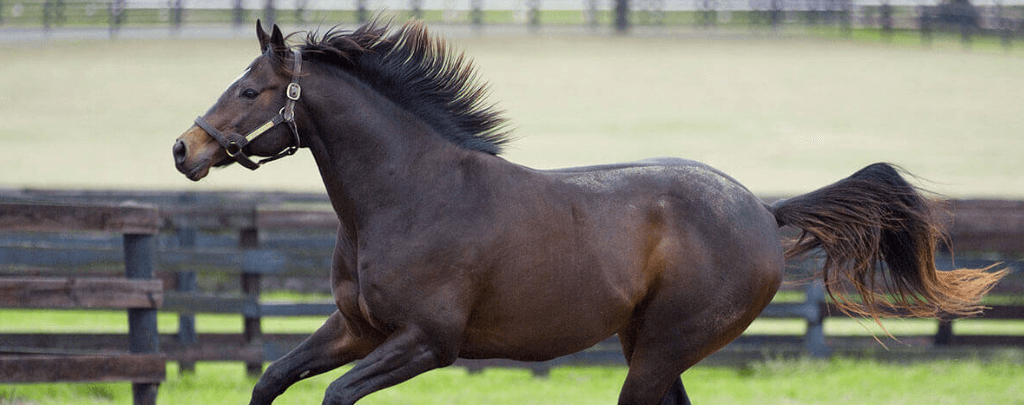
2. The Arabian horse: A Symbol of Elegance and Beauty
The Arabian horse is one of the oldest and most famous horse breeds in the world. With its distinctive dished profile, arched neck, and high tail carriage, the Arabian is a symbol of elegance and beauty. This breed originated on the Arabian Peninsula and has been selectively bred for thousands of years by the Bedouin tribes.
Arabians are known for their intelligence, loyalty, and stamina. They are also one of the most versatile breeds, excelling in many disciplines such as racing, dressage, and endurance riding. Their small size, agility, and speed make them ideal for sports that require quick turns and bursts of speed.
One unique characteristic of Arabians is their ability to bond with their owners. They are known for their affectionate and loyal nature, often forming close relationships with their handlers. This close bond can make them excellent therapy animals or companions for those in need.
Arabians come in a variety of colors, but the most common is bay, followed by gray and chestnut. They typically stand between 14.1 and 15.1 hands tall and have a refined, elegant appearance. One distinguishing feature is their large, dark eyes that give them a curious and intelligent expression.
Due to their beauty and versatility, Arabians are highly sought after by horse enthusiasts around the world. They have also had a significant impact on the development of many other breeds, such as the Thoroughbred and the Quarter Horse.

3. The American Paint Horse: A Versatile and Colorful Breed
The American Paint Horse is a unique and colorful breed that is highly regarded for its versatility and athleticism. This breed is known for its striking coat pattern, which features large patches of white and another color, such as black, chestnut, or bay. The American Paint Horse has a muscular and compact body, with a powerful hindquarters and a short back. This breed is commonly used for western riding disciplines, such as reining, cutting, and trail riding, but can also excel in other disciplines such as jumping and dressage.
One of the most interesting features of the American Paint Horse is its coat pattern. The coat pattern can be categorized into three types: overo, tobiano, and tovero. Overo horses have white markings that are usually irregularly shaped and do not cross the back of the horse. Tobiano horses have white markings that are usually regular and symmetrical, and often cross the back of the horse. Tovero horses have a combination of both overo and tobiano characteristics.
The American Paint Horse is also known for its versatility. This breed can excel in a variety of disciplines, such as western pleasure, hunter under saddle, and barrel racing. The American Paint Horse can also be used for trail riding, ranch work, and even as a parade horse due to its flashy appearance.
In addition to their versatility, American Paint Horses are also known for their friendly and docile temperament. This breed is intelligent and easy to train, making them a popular choice for novice riders and experienced equestrians alike.

4. The Clydesdale: A Powerful Workhorse and Advertising Icon
The Clydesdale is a breed of draft horse that originated in the Clyde Valley of Scotland. These horses were originally used for agriculture and transportation, but later became popular as carriage horses and even as war horses. Today, they are still used for agricultural work, as well as for parades, shows, and advertising.
Clydesdales are known for their large size and impressive strength. They typically stand between 16 and 18 hands high and can weigh up to 2,200 pounds. They have broad chests, powerful legs, and large, expressive eyes.

5. The Lipizzaner: A Magnificent Performance Horse with a Royal Legacy
The Lipizzaner is a stunning horse breed that has captivated audiences for centuries with its exceptional performances. The breed originated in the 16th century in what is now Slovenia, and was originally used for military purposes by the Habsburg monarchy. Today, Lipizzaners are primarily bred for their exceptional dressage abilities and are commonly seen in performances like the Spanish Riding School in Vienna.
Lipizzaners are a highly recognizable breed, known for their striking white coat and graceful movements. However, they are not always born white; many are born dark and gradually lighten as they age. Lipizzaners are typically of medium size, standing around 15 to 16 hands tall, and have a powerful build with a refined appearance.
One of the most unique aspects of the Lipizzaner is their training process, which is highly specialized and takes several years. Lipizzaners are trained using classical dressage techniques, which focus on building the horse's strength, balance, and responsiveness to the rider's commands. This training results in a highly obedient and responsive horse that is capable of performing complex maneuvers with ease.
The Lipizzaner has a rich history and is often associated with royalty and prestige. The breed has been owned and ridden by many notable figures throughout history, including Napoleon Bonaparte and Empress Elizabeth of Austria. Today, Lipizzaners continue to be a highly sought-after breed for those interested in dressage, and their stunning performances are admired by audiences all over the world.
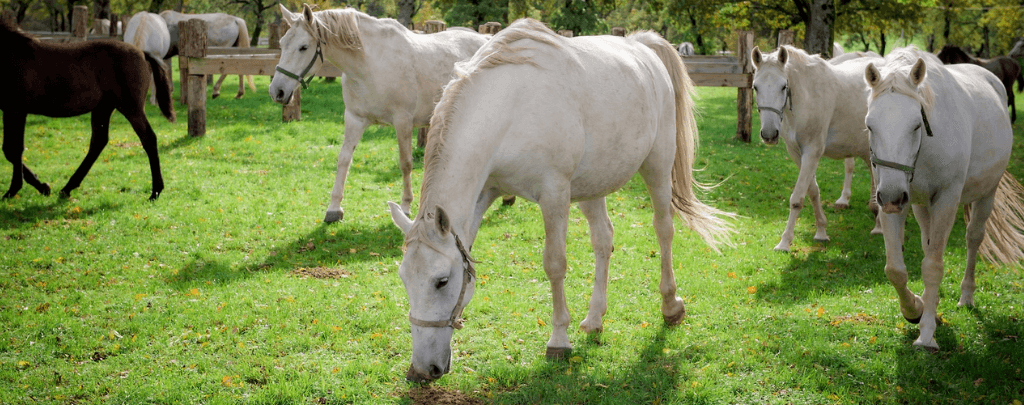
V. The Future of Horse Breeds: Challenges and Opportunities
1. Threats to horse breed diversity, including loss of habitat and genetic erosion
Horses have been an integral part of human history and have been selectively bred for various purposes, leading to the development of numerous breeds worldwide. However, in recent times, horse breed diversity is facing threats due to various reasons. One of the primary threats to horse breed diversity is the loss of natural habitats. The destruction of natural habitats for agricultural or urban development reduces the space available for wild horses to roam freely and mate, leading to a decline in their populations.
Genetic erosion is another major threat to horse breed diversity. Inbreeding within small populations can cause genetic drift, leading to a loss of genetic diversity and an increased risk of genetic disorders. Moreover, with the increasing popularity of certain breeds, there is a tendency to breed for certain traits, which can lead to the loss of other desirable traits in a breed.
Another threat to horse breed diversity is the introduction of exotic breeds, which can lead to the displacement of native breeds and a loss of genetic diversity. The demand for exotic breeds is often driven by market forces and fashion trends, which can lead to the neglect of native breeds that may have important genetic and cultural value.
2. Efforts to preserve rare and endangered horse breeds
Efforts to preserve rare and endangered horse breeds have been underway for many years. Several organizations and initiatives have been established to protect these breeds and ensure their survival for future generations. One such organization is the Livestock Conservancy, which is dedicated to preserving rare breeds of livestock, including horses.
The Livestock Conservancy works to raise awareness about rare and endangered horse breeds, as well as provide resources and support to breeders and owners of these breeds. They also maintain a list of endangered horse breeds, which includes breeds such as the Cleveland Bay, Dales Pony, and Fell Pony.
Another initiative focused on preserving rare horse breeds is the Slow Food Foundation for Biodiversity. This organization works to protect traditional breeds of livestock and crops, including horses, by promoting sustainable agriculture and biodiversity.
In addition to these organizations, there are also several breed-specific associations and registries that work to preserve and promote individual breeds. For example, the Akhal-Teke Association of America is dedicated to preserving and promoting the Akhal-Teke breed, while the American Cream Draft Horse Association is focused on preserving the American Cream Draft breed.
Efforts to preserve rare and endangered horse breeds are important for a number of reasons. First and foremost, these breeds are a part of our cultural heritage and have a unique place in history. They also contribute to genetic diversity in the horse population, which is important for maintaining overall health and vitality.
Preserving rare horse breeds also helps to ensure that these breeds continue to play important roles in various activities such as farming, transportation, and recreation. Additionally, preserving rare breeds can have economic benefits by promoting tourism and creating niche markets for products such as meat and hides.
Overall, efforts to preserve rare and endangered horse breeds are essential for maintaining the diversity and vitality of the horse population, as well as preserving our cultural heritage and promoting sustainable agriculture.
Also read: Can horses swim?
3. New developments in horse breeding, including the use of genomics and biotechnology
New developments in horse breeding have revolutionized the industry in recent years. One such development is the use of genomics to identify desirable traits and breed horses selectively. This technology can help to accelerate the breeding process and improve the health and performance of the resulting offspring. Biotechnology, such as cloning and embryo transfer, has also become more prevalent in horse breeding. These techniques have allowed breeders to produce foals from older mares or stallions that have been retired from competition. In addition, biotechnology has enabled breeders to preserve the genetic material of rare or endangered breeds, ensuring their continued existence for future generations. However, the use of these technologies also raises ethical concerns, such as the potential for genetic homogeneity and the impact on animal welfare. As such, it is important for breeders to consider the long-term implications of these developments and work towards a sustainable and ethical approach to horse breeding.4. The importance of preserving equine diversity for future generations
The world of horses is diverse and fascinating, with different breeds serving various purposes in different cultures. However, many horse breeds are at risk of extinction due to habitat loss, genetic erosion, and other threats. Preserving equine diversity is critical for future generations, as it ensures the survival of unique and valuable genetic resources.
Preserving horse breeds also means preserving cultural heritage, as horses have played a vital role in human societies for thousands of years. Horse breeds reflect the historical and cultural traditions of their regions, and their loss would mean the disappearance of part of our collective cultural heritage.
Furthermore, preserving horse breeds is essential for maintaining genetic diversity, which is critical for future breeding programs and the development of new horse breeds. Genetic diversity ensures that there are sufficient variations in genetic material, which is necessary to produce healthy and robust offspring. Inbreeding, which is often a result of reduced genetic diversity, can lead to an increased risk of genetic diseases and other health problems.
Many organizations and individuals are working tirelessly to preserve rare and endangered horse breeds. Preservation efforts involve a range of activities, such as maintaining studbooks, protecting habitat, promoting breeding programs, and raising public awareness about the importance of horse breed diversity. These efforts are essential for preventing the loss of unique and valuable genetic resources.
New developments in horse breeding, including the use of genomics and biotechnology, have the potential to help preserve and even enhance horse breed diversity. Genomic tools can be used to identify unique genetic characteristics in different horse breeds, which can be used to create breeding programs that promote genetic diversity. Biotechnology has also played a role in preserving rare and endangered horse breeds. For instance, some researchers are exploring the use of cloning and assisted reproductive technologies to preserve the genetics of valuable individuals. While these technologies are still in their early stages and not without controversy, they offer potential solutions for preserving genetic diversity in horse populations.
Despite the efforts being made to preserve horse breeds, there is still much work to be done. The loss of habitat due to urbanization and agricultural expansion continues to threaten wild horse populations, while genetic erosion remains a concern for many rare breeds. In addition, the ongoing effects of climate change pose a significant threat to equine diversity.

Frequently asked questions
- How many horse breeds are there in the world? It's difficult to determine an exact number, but there are at least 350 recognized horse breeds around the world.
- What criteria are used to classify horse breeds? Horse breeds are typically classified based on their size, color, coat pattern, and their intended use or purpose.
- Which are the most popular horse breeds in the world? Some of the most popular horse breeds include the Arabian, Thoroughbred, Quarter Horse, and Appaloosa.
- Why is preserving equine diversity important? Preserving equine diversity is crucial for maintaining genetic diversity and ensuring the survival of rare and endangered horse breeds.
- What are the threats to horse breed diversity? Threats to horse breed diversity include habitat loss, genetic erosion, and the increasing homogenization of horse breeds due to selective breeding practices.
Conclusion
In conclusion, horse breeding has been a popular practice for centuries, resulting in a wide variety of horse breeds with unique characteristics and abilities. While the exact number of horse breeds in the world is difficult to determine, the diverse range of breeds is a testament to the importance of preserving equine genetic diversity for future generations. The efforts of breed registries, conservation organizations, and advancements in genomics and biotechnology can help to mitigate threats to rare and endangered breeds and promote genetic diversity. The Arabian, American Paint Horse, Lipizzaner, Andalusian, Friesian, Shire, Mustang, Quarter Horse, Appaloosa, Peruvian Paso, Criollo, Akhal-Teke, Mongolian, Marwari, Barb, and Cape Horse are just a few examples of the many unique horse breeds found around the world. As horse enthusiasts, it is our responsibility to appreciate and protect the diverse range of horse breeds that exist today. By doing so, we can ensure that future generations will continue to appreciate and benefit from these magnificent animals.





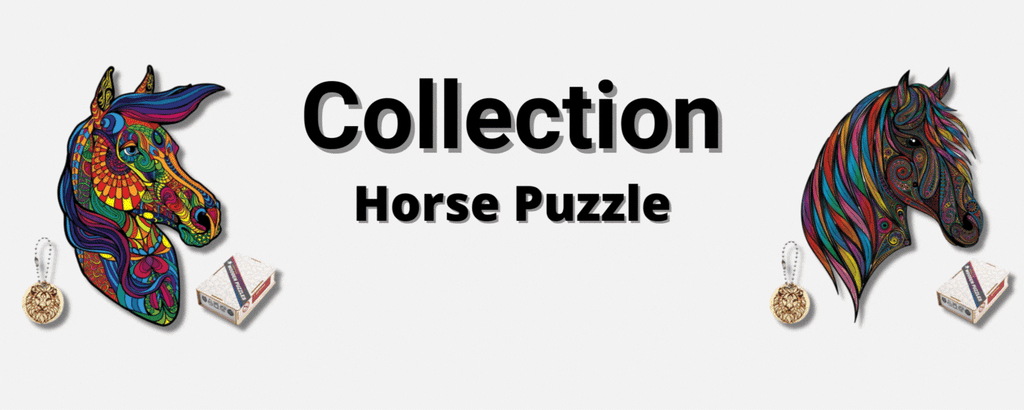


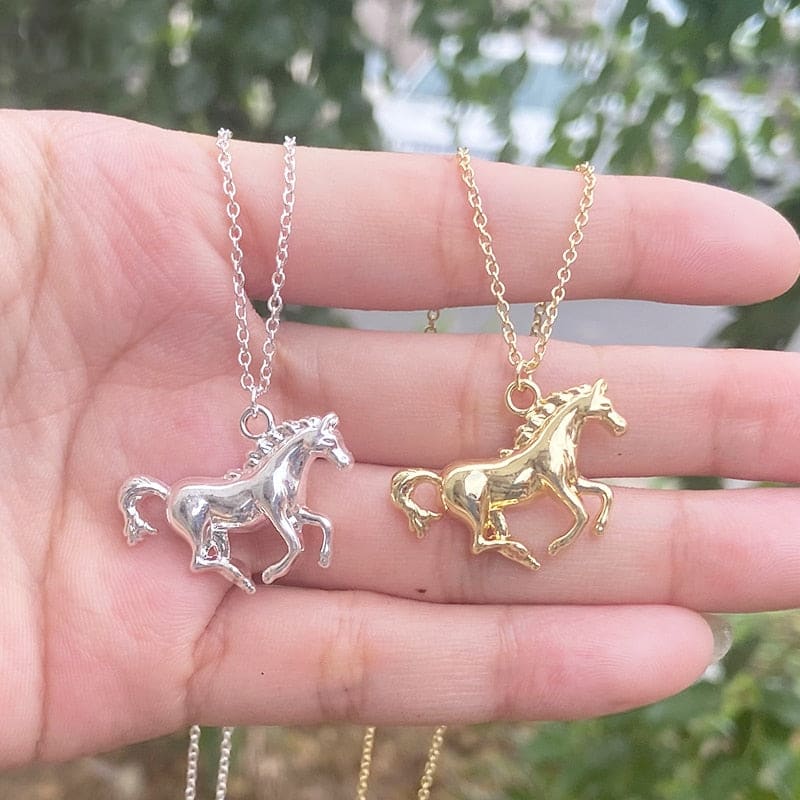
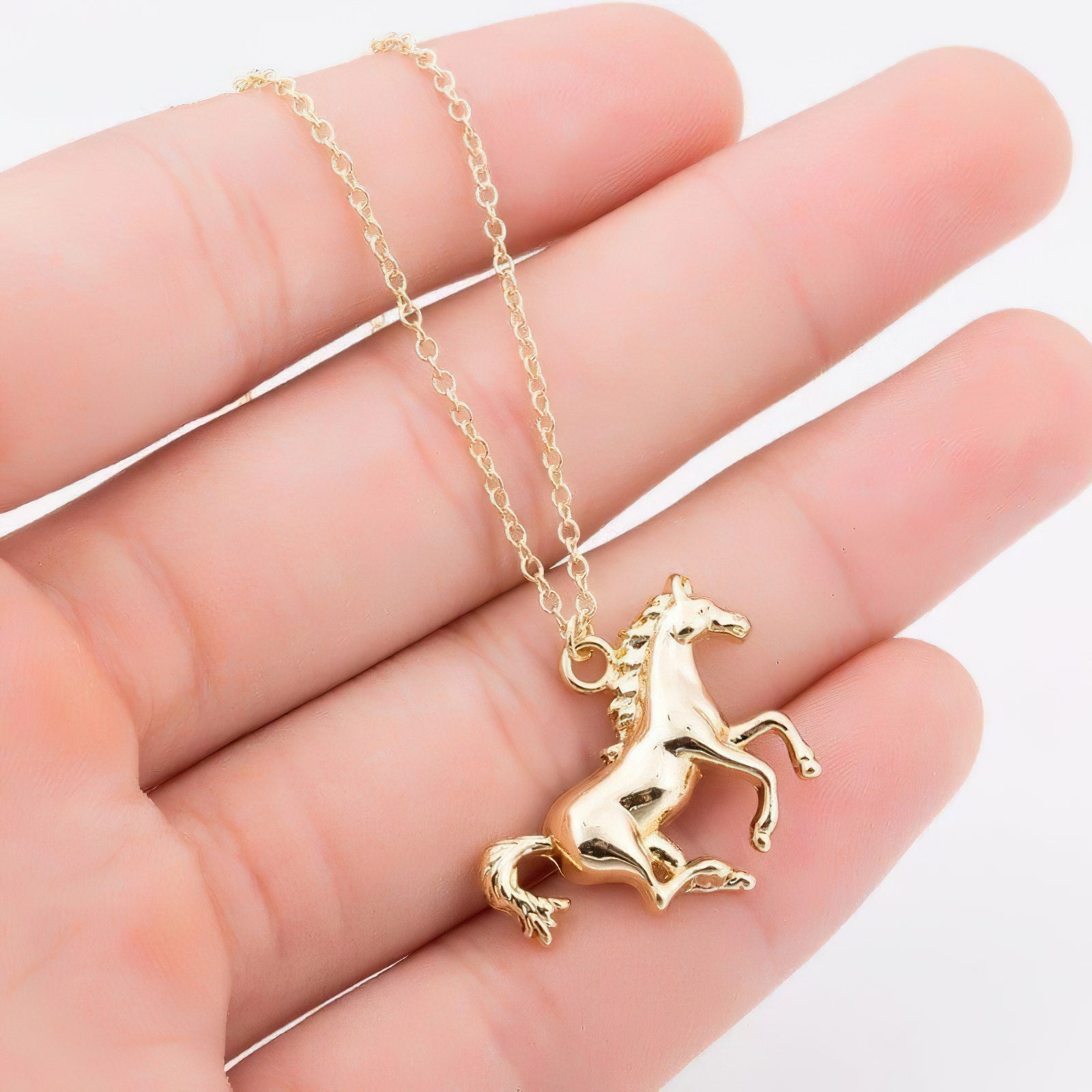
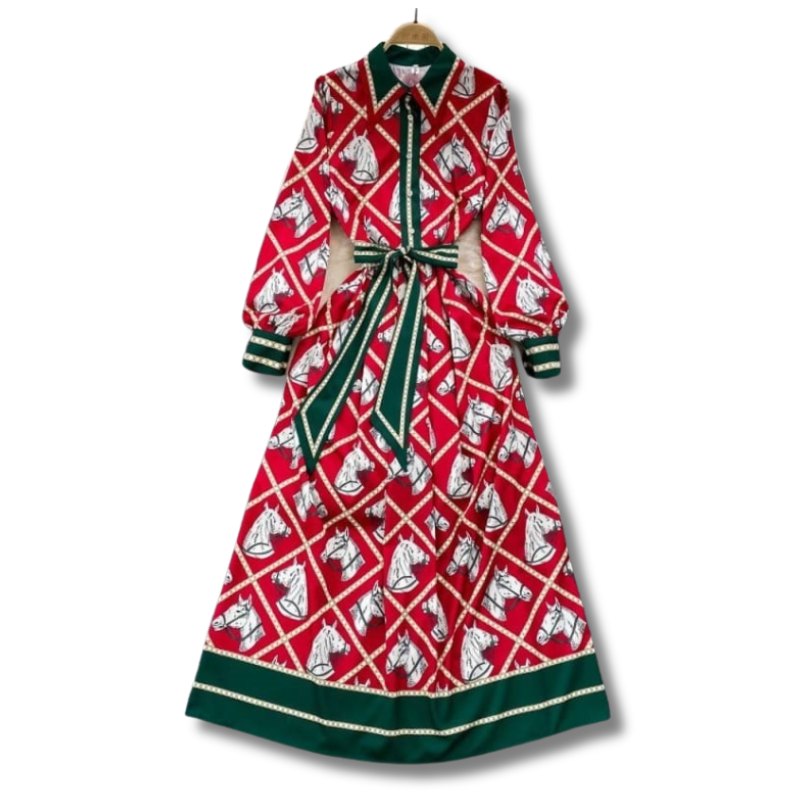
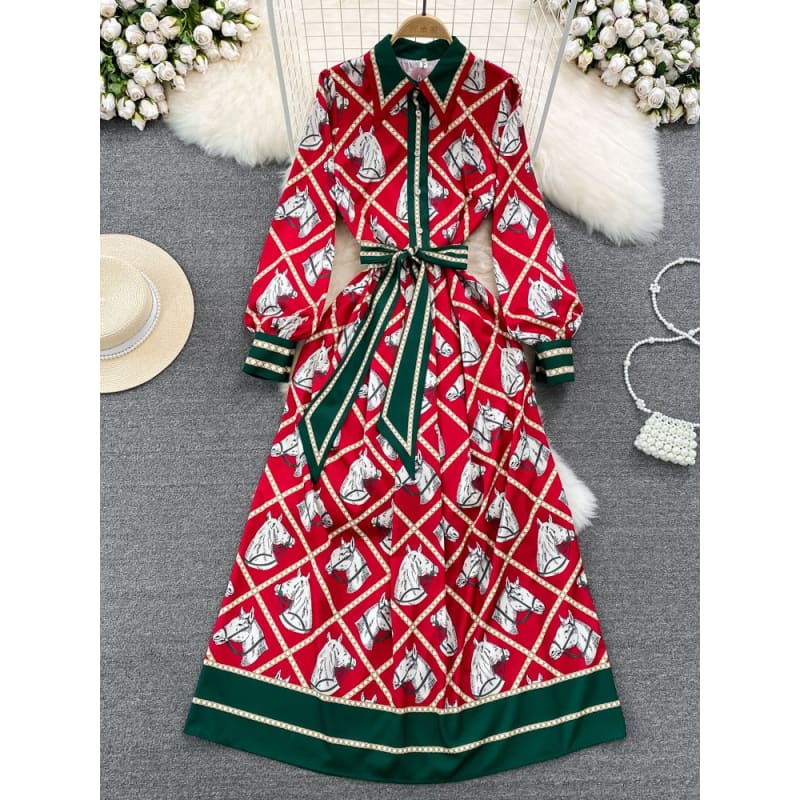
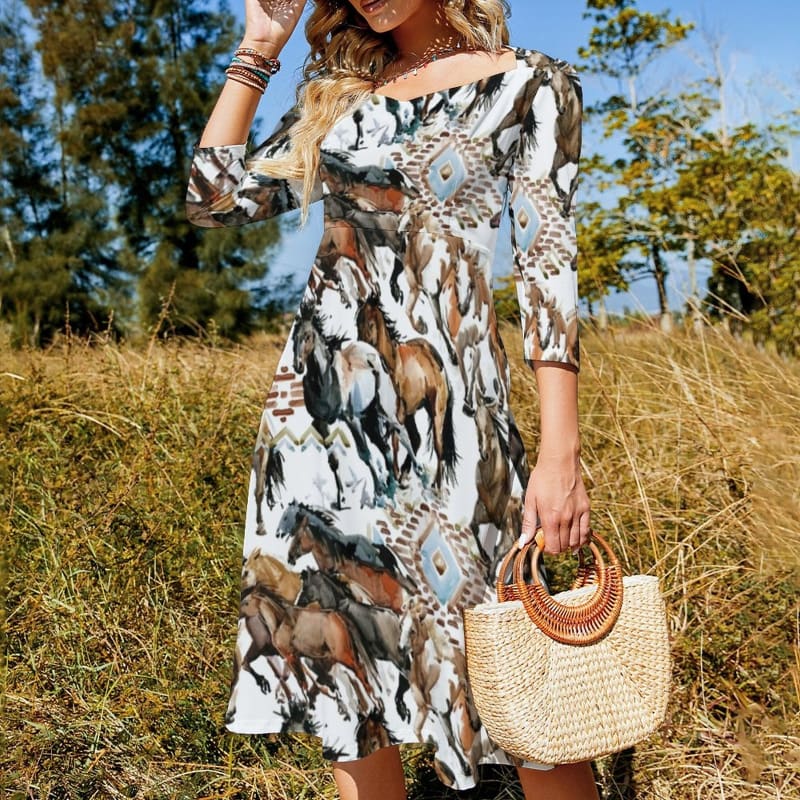



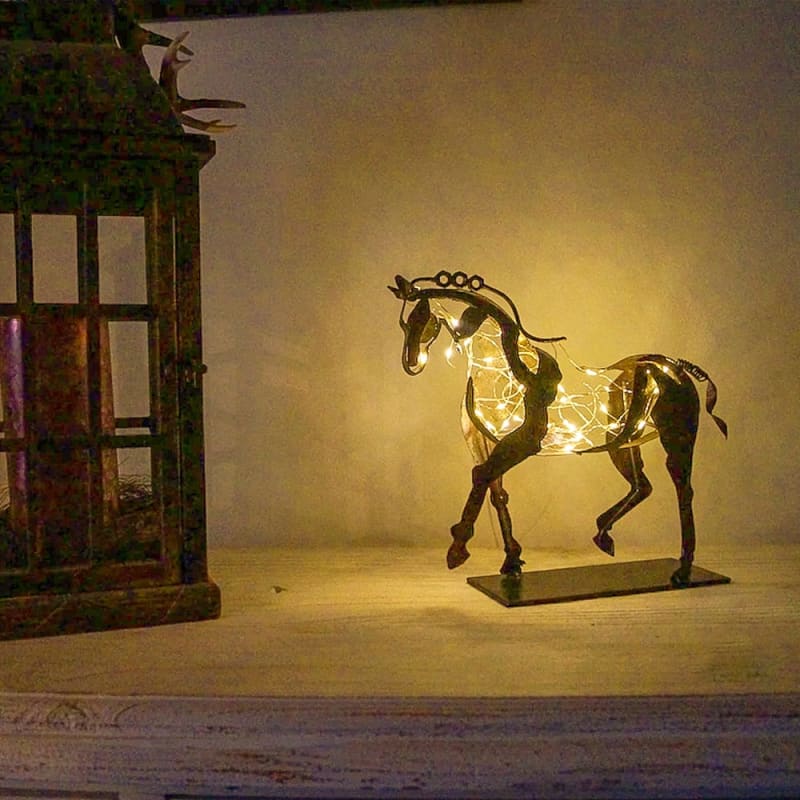

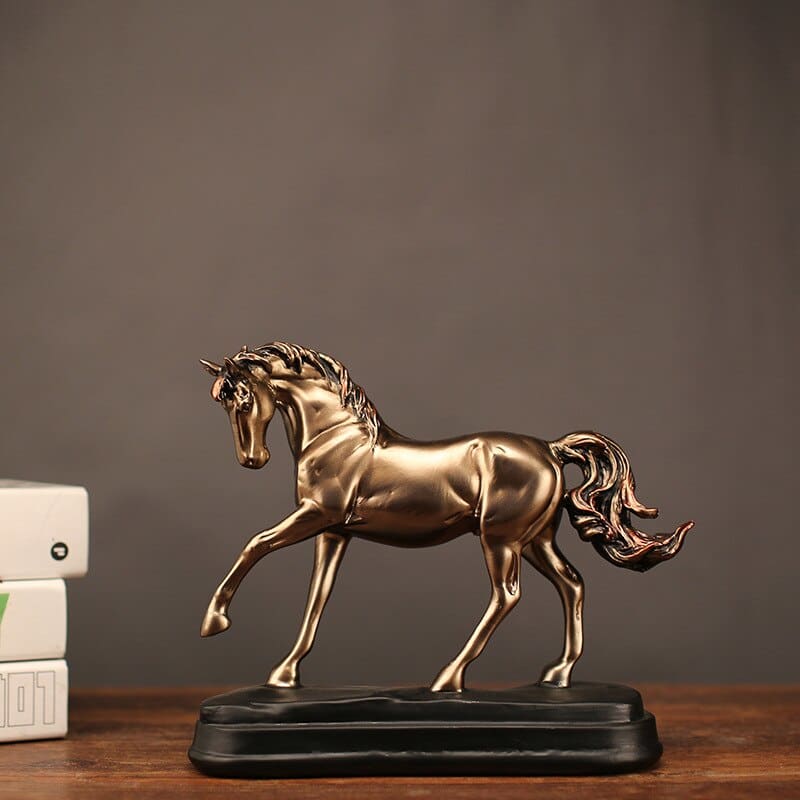
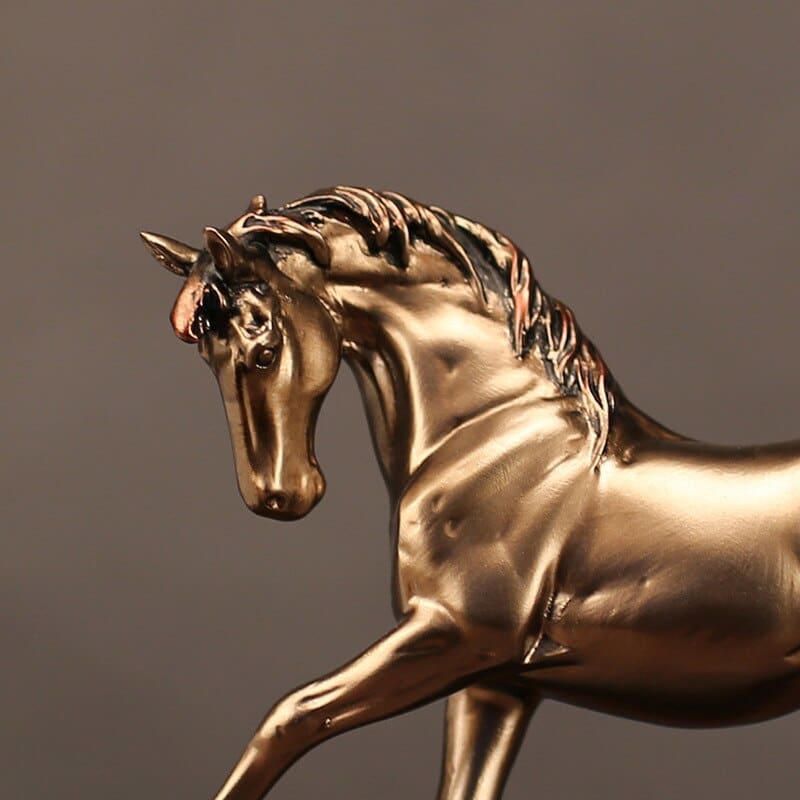
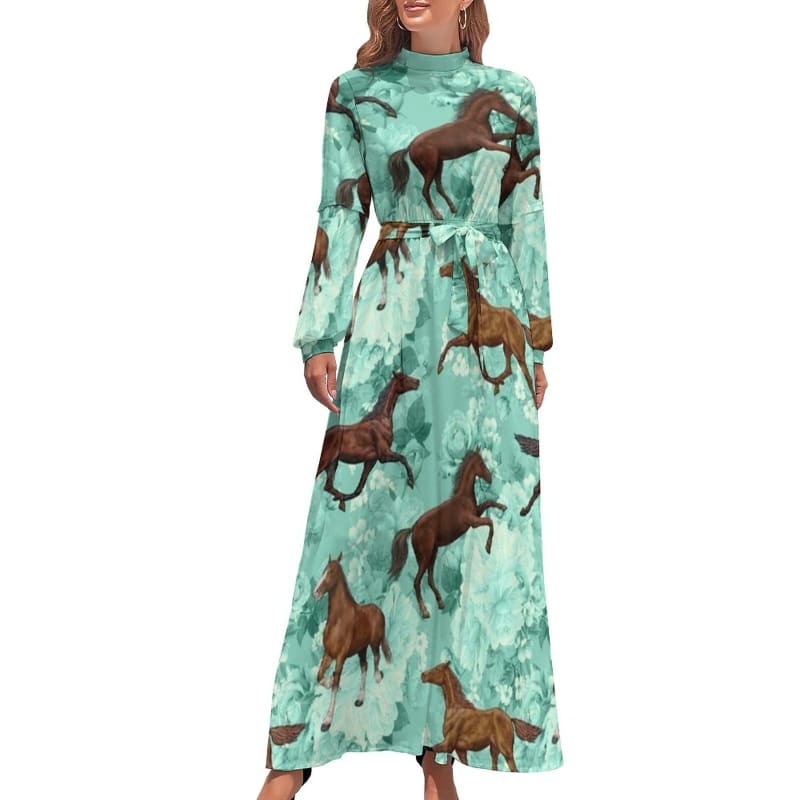
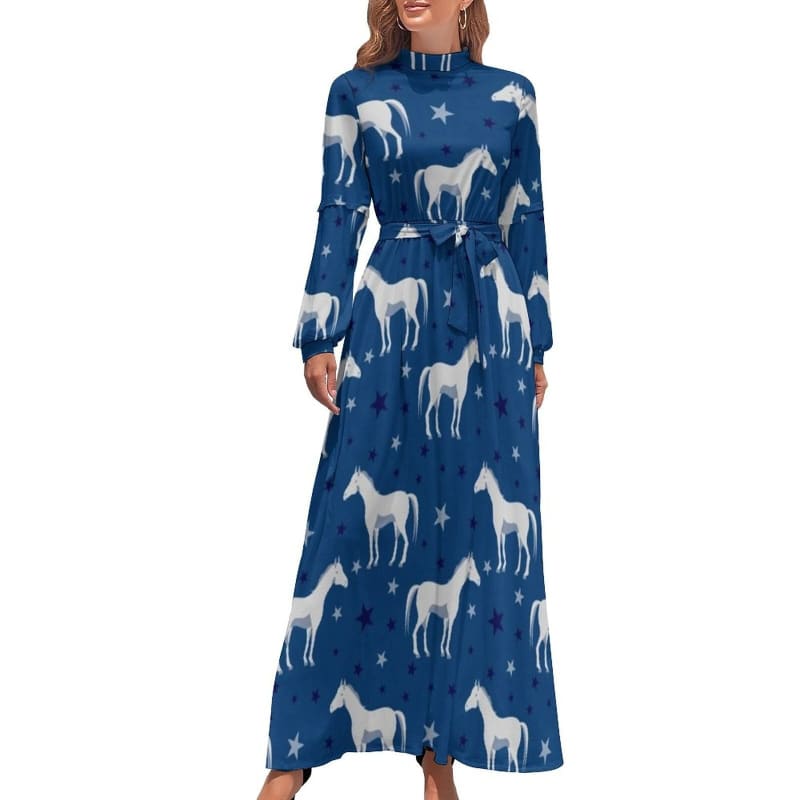
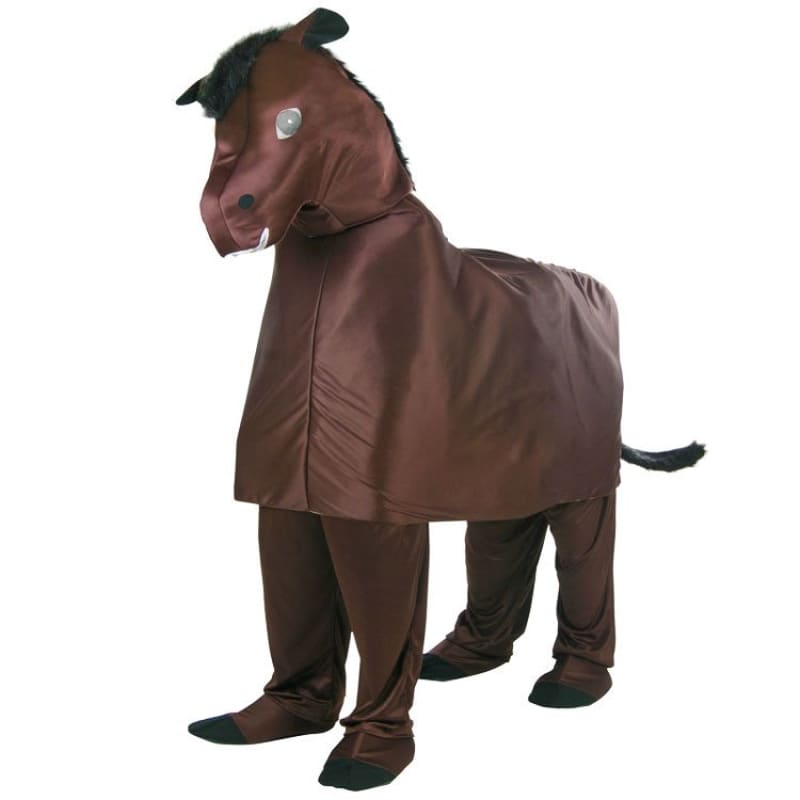
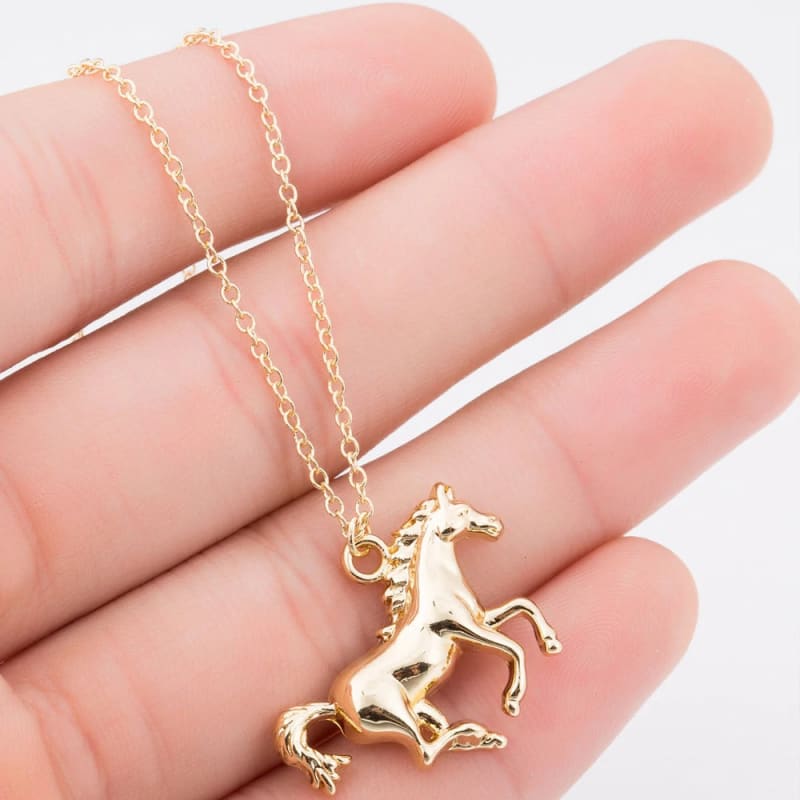
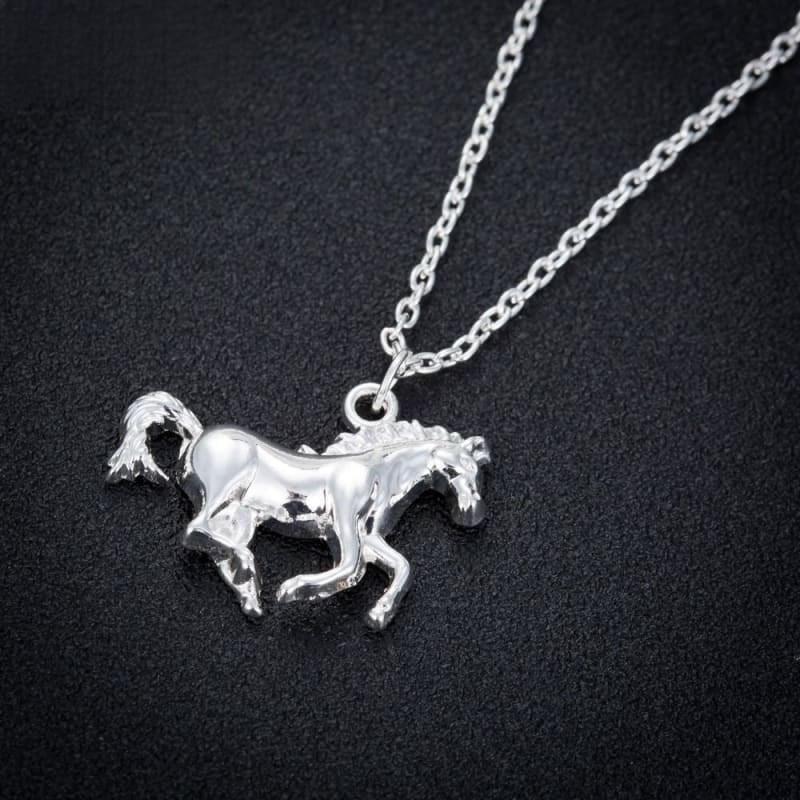
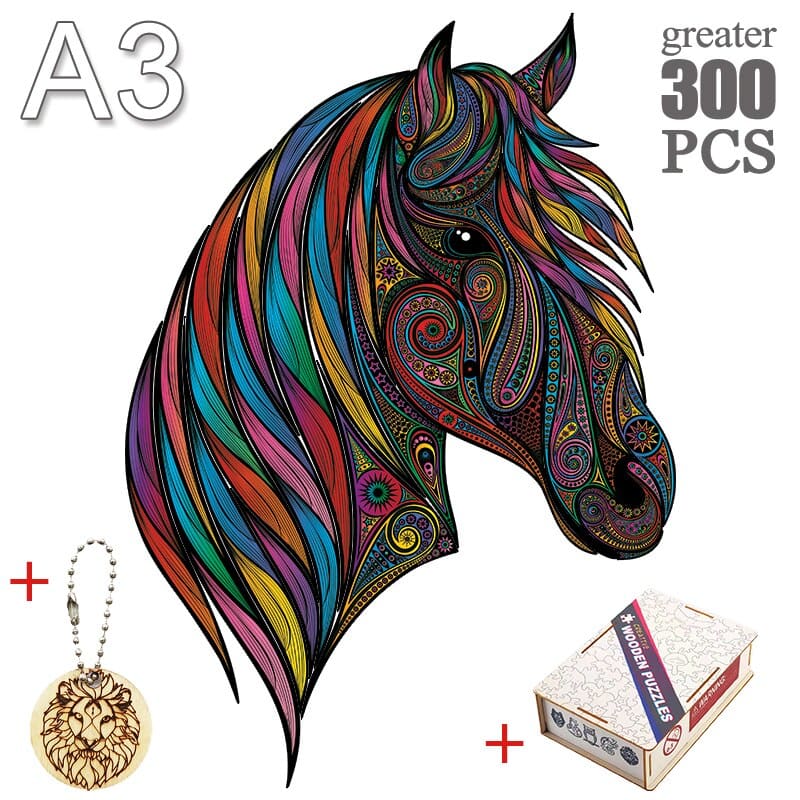

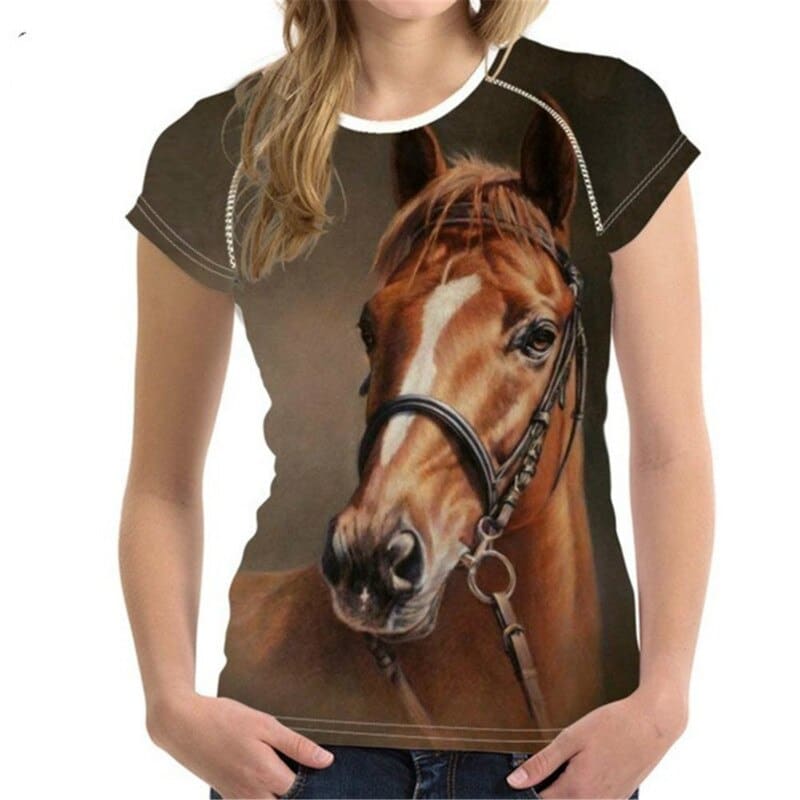
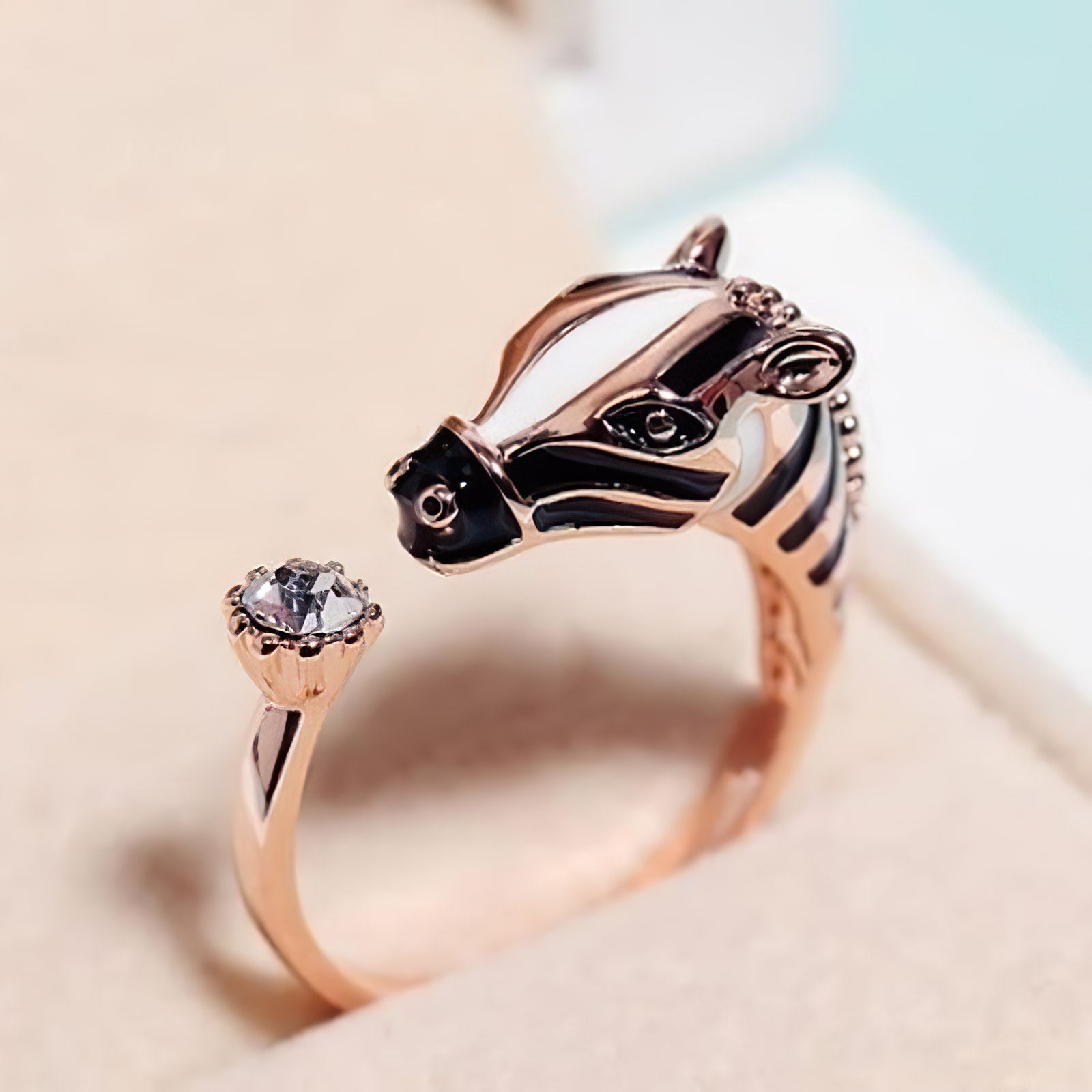


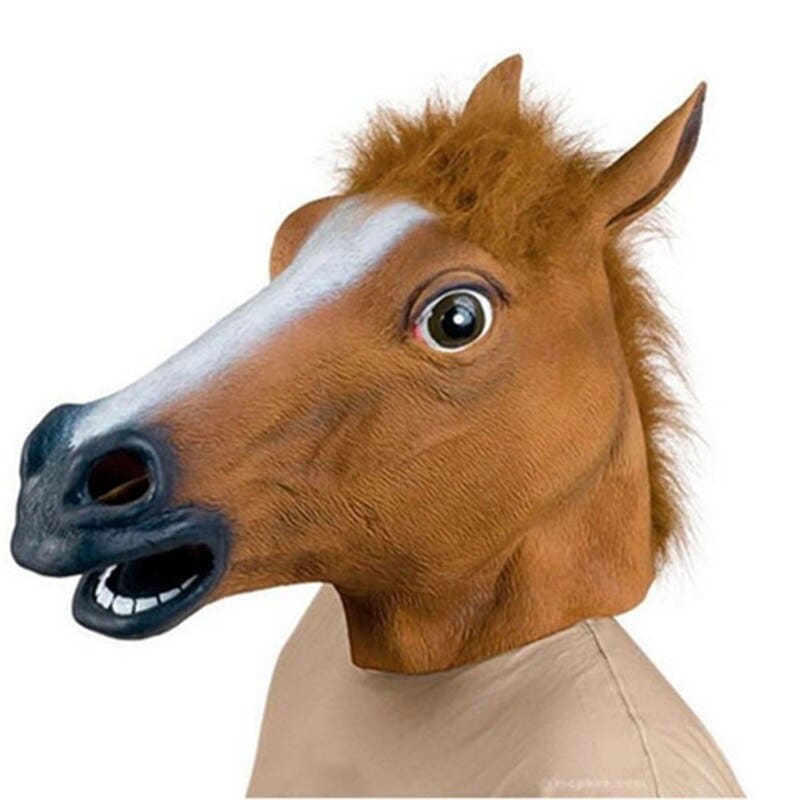

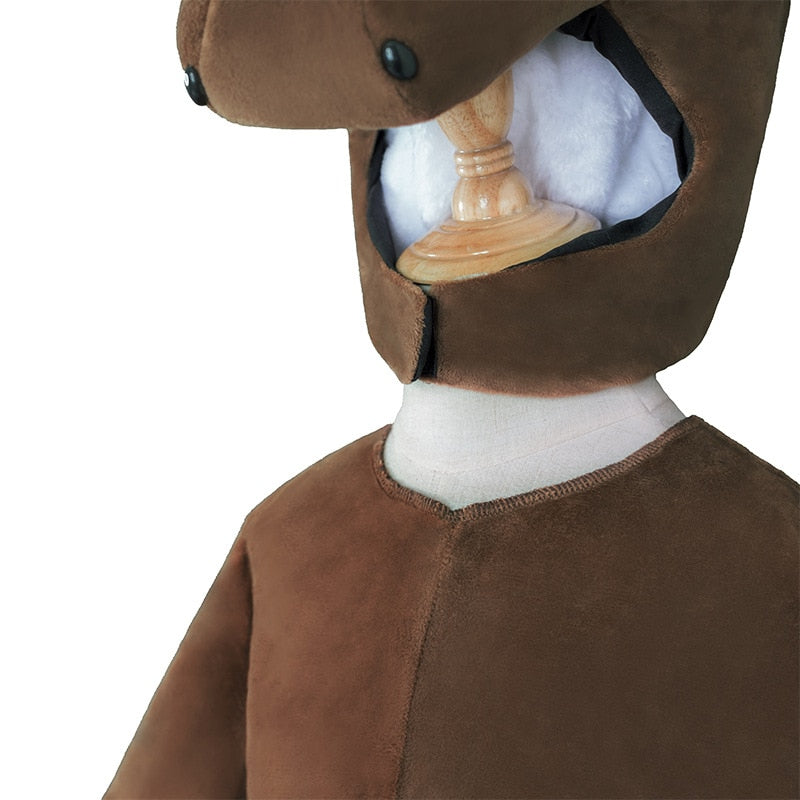
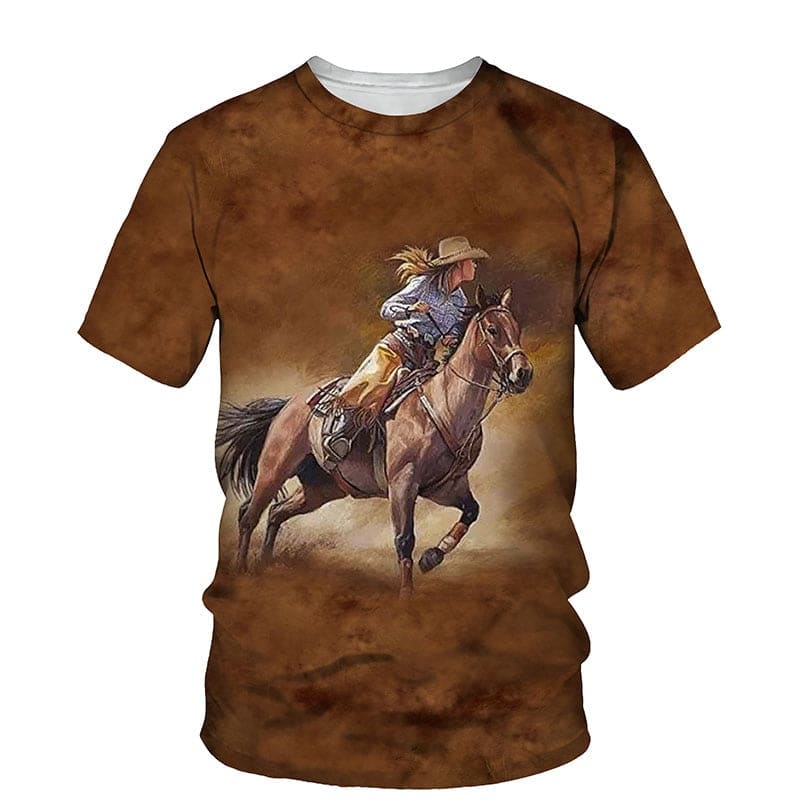



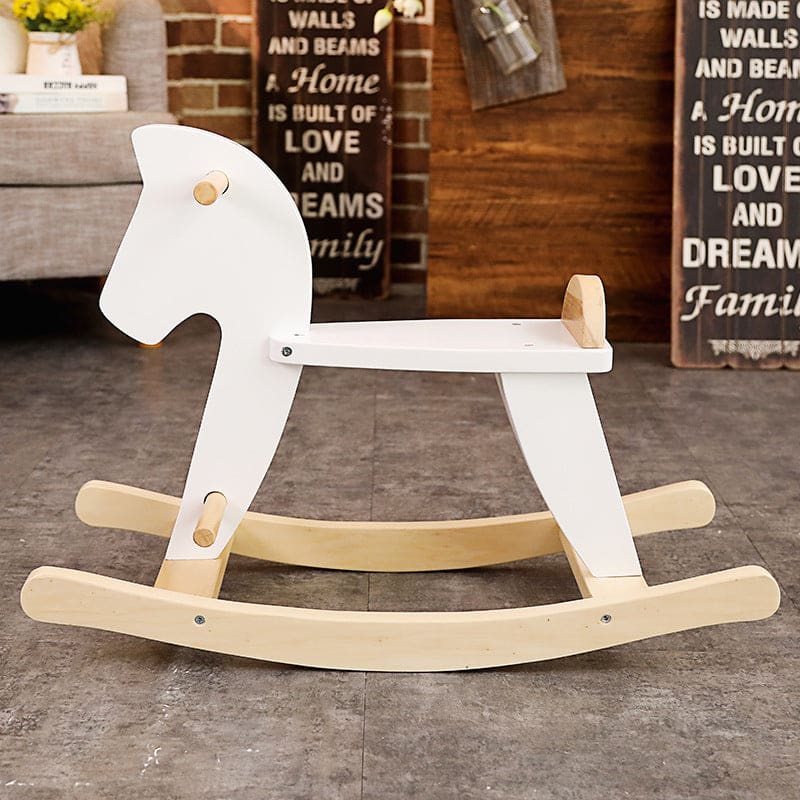
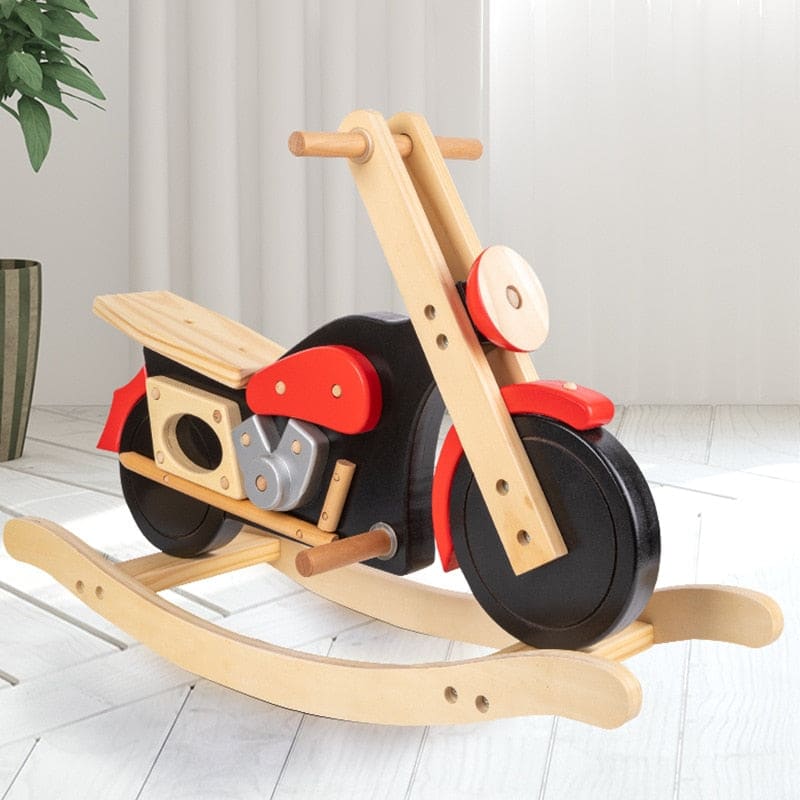



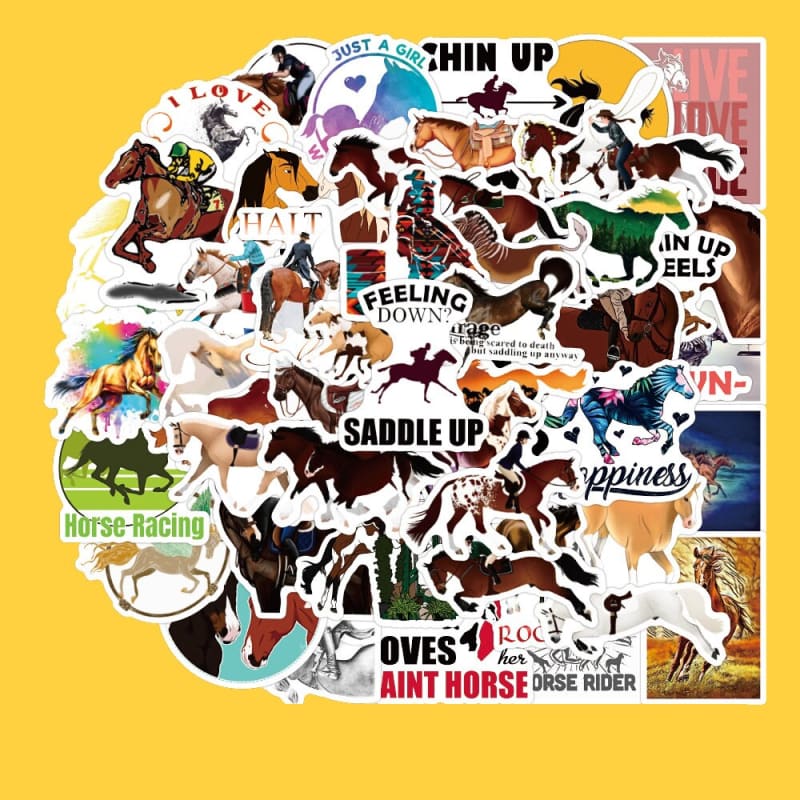

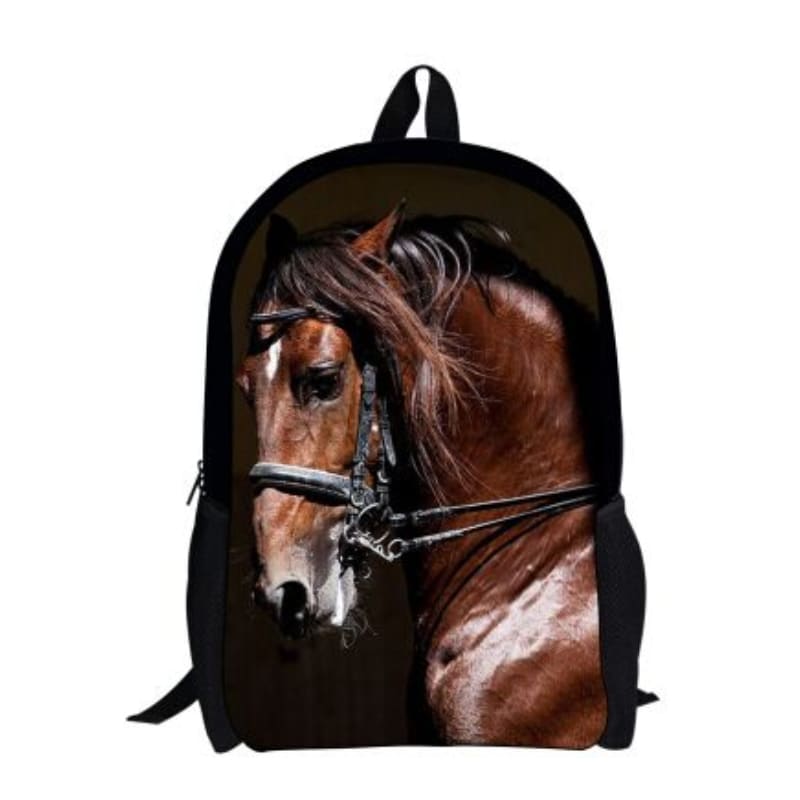
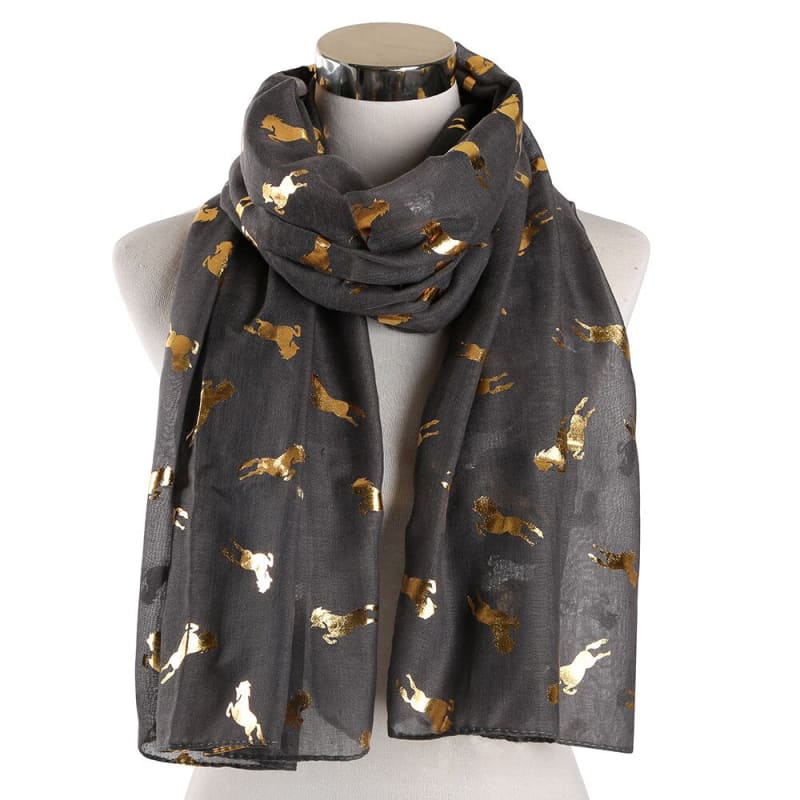
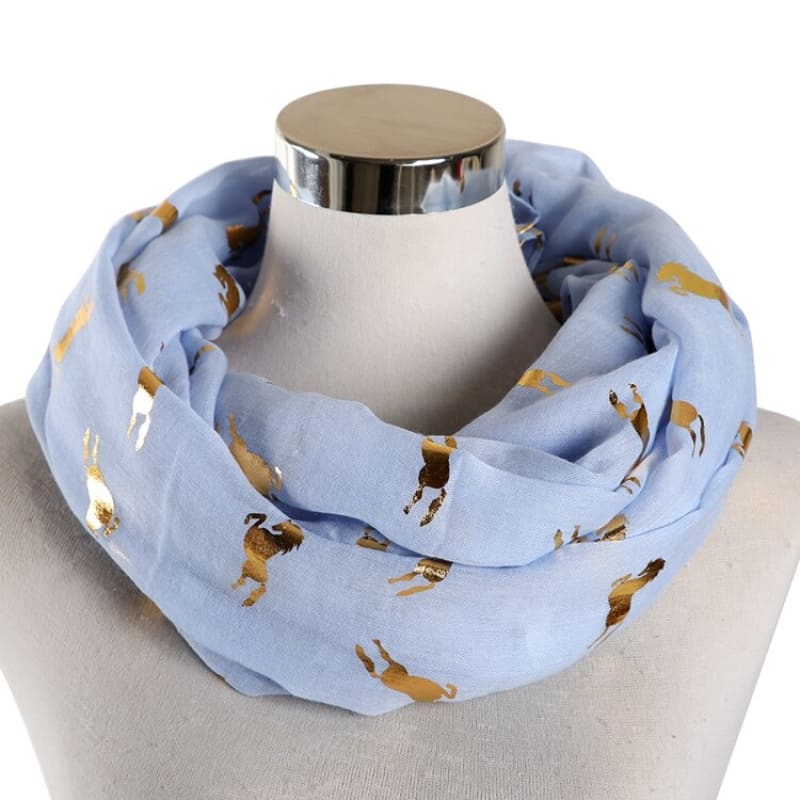

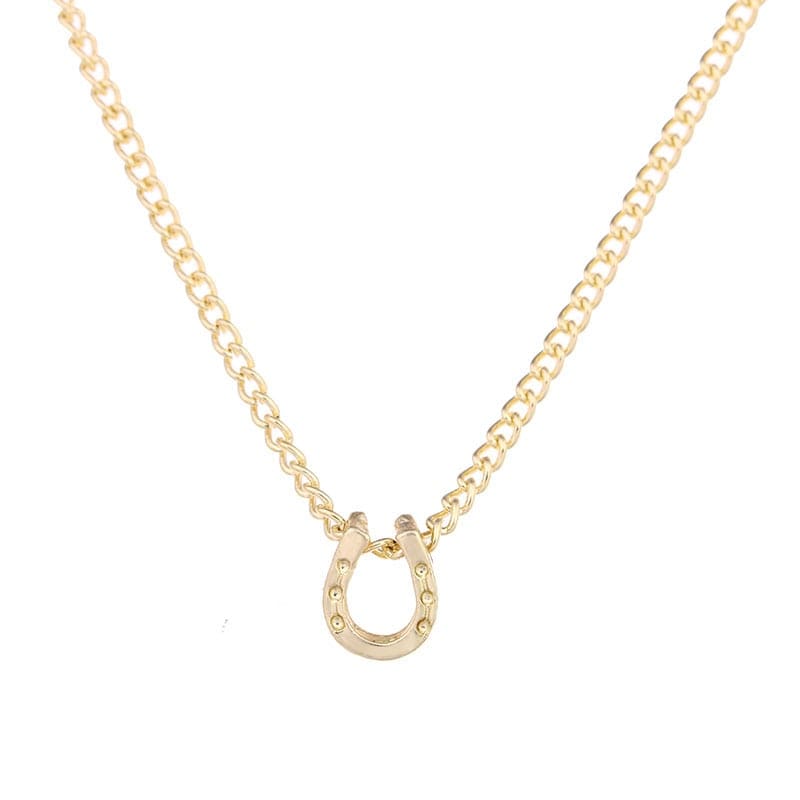
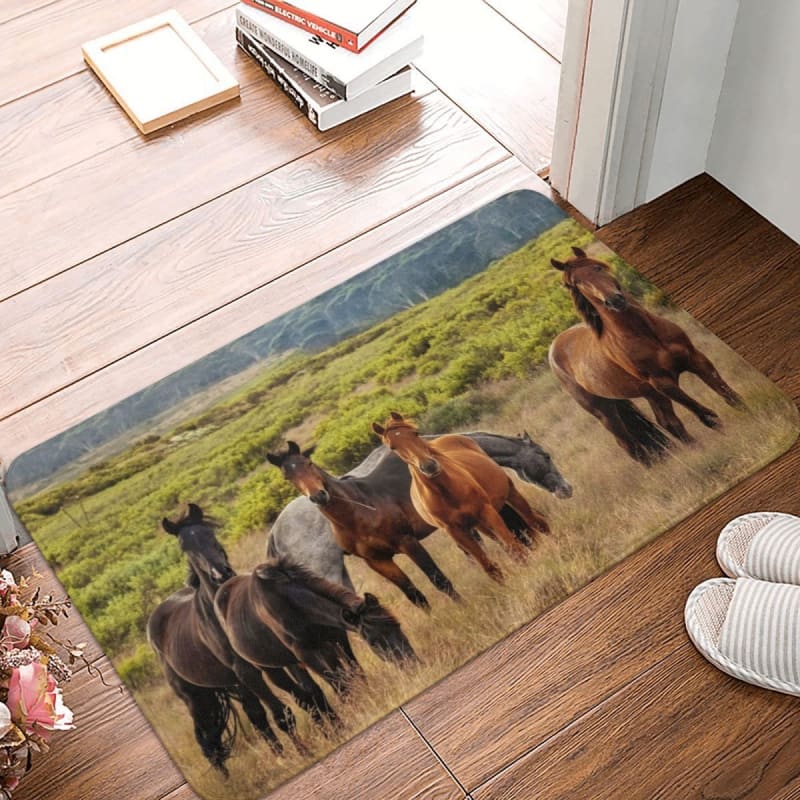
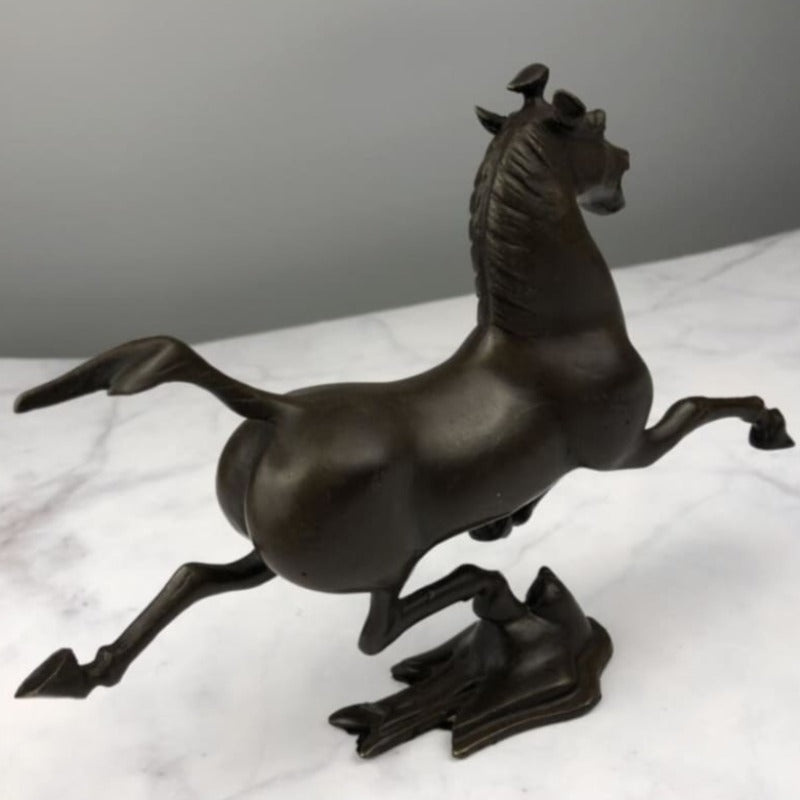

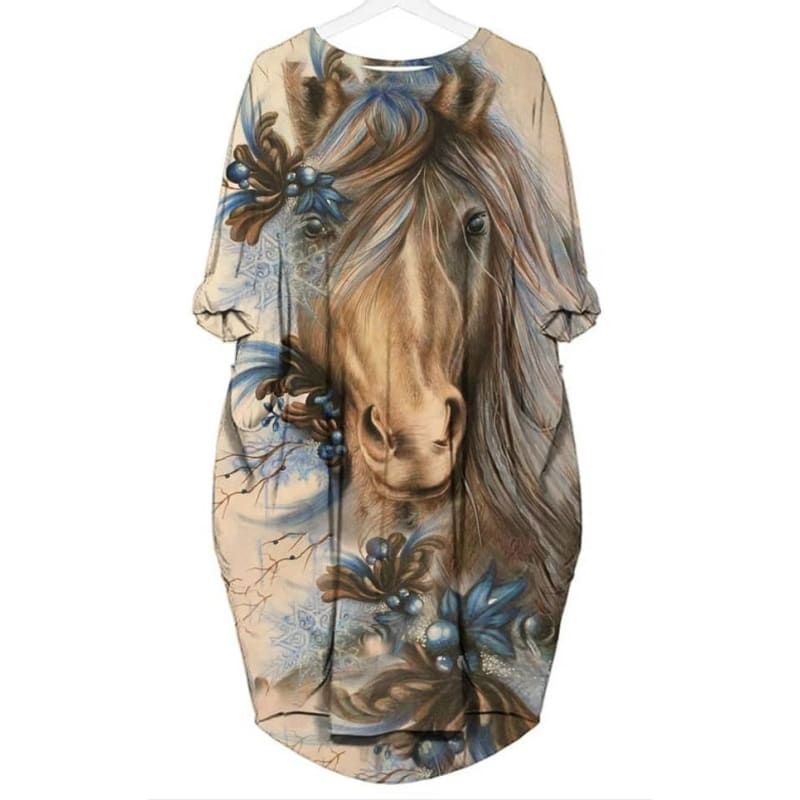






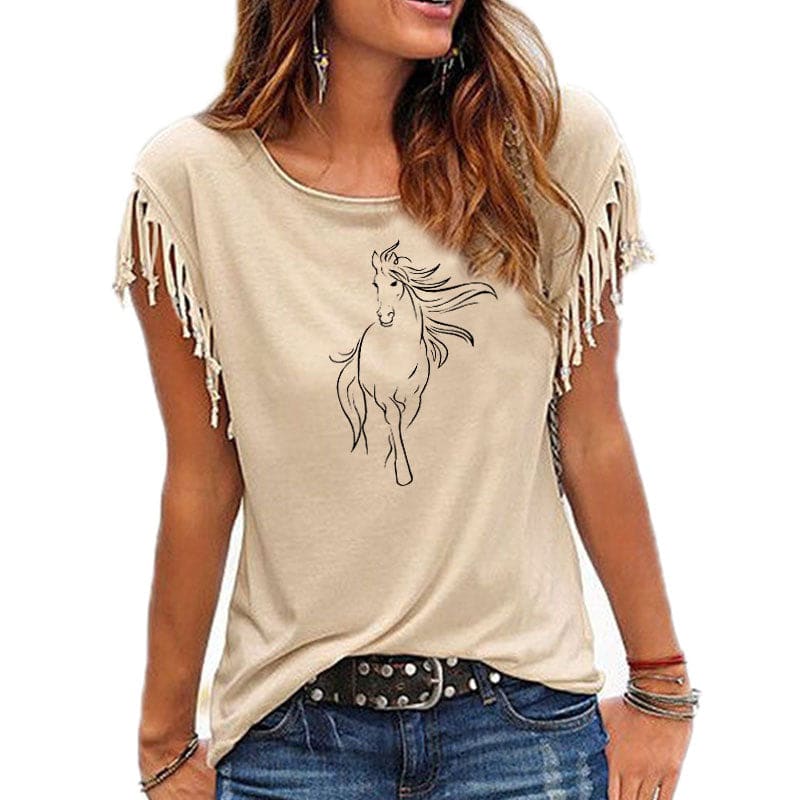
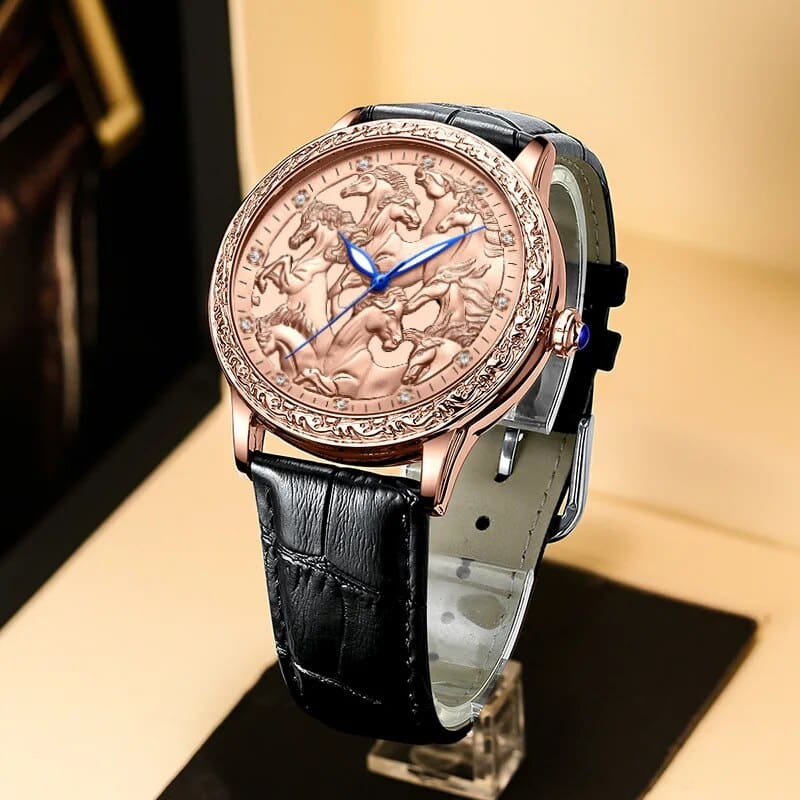
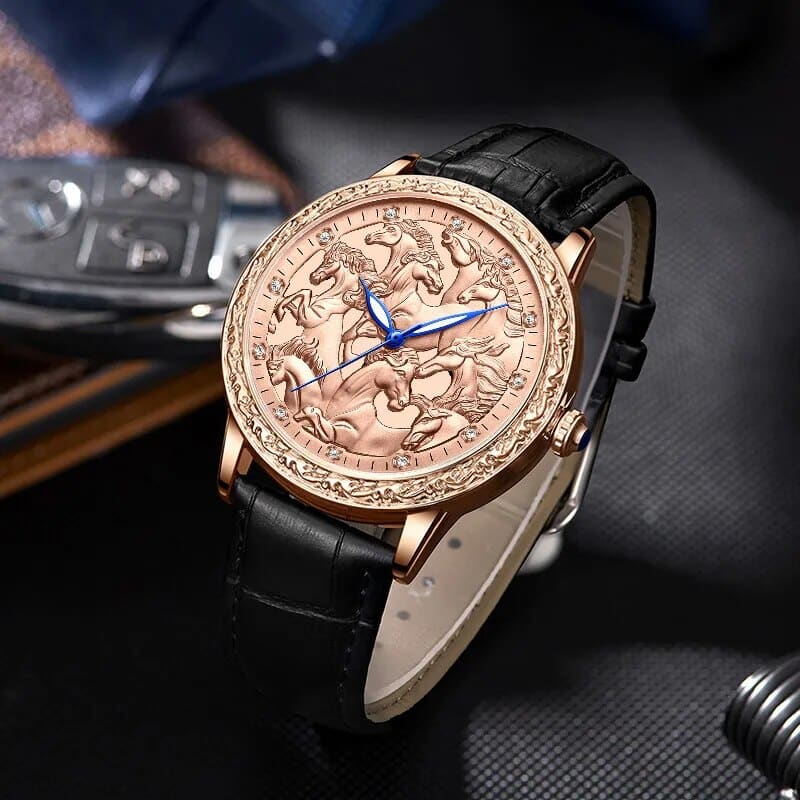




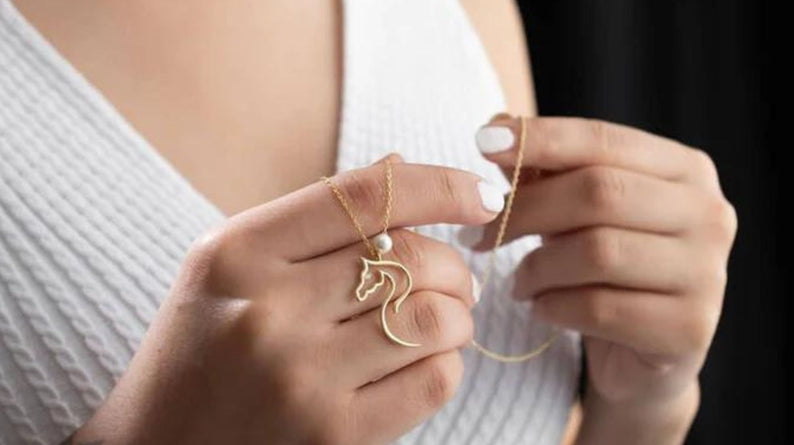
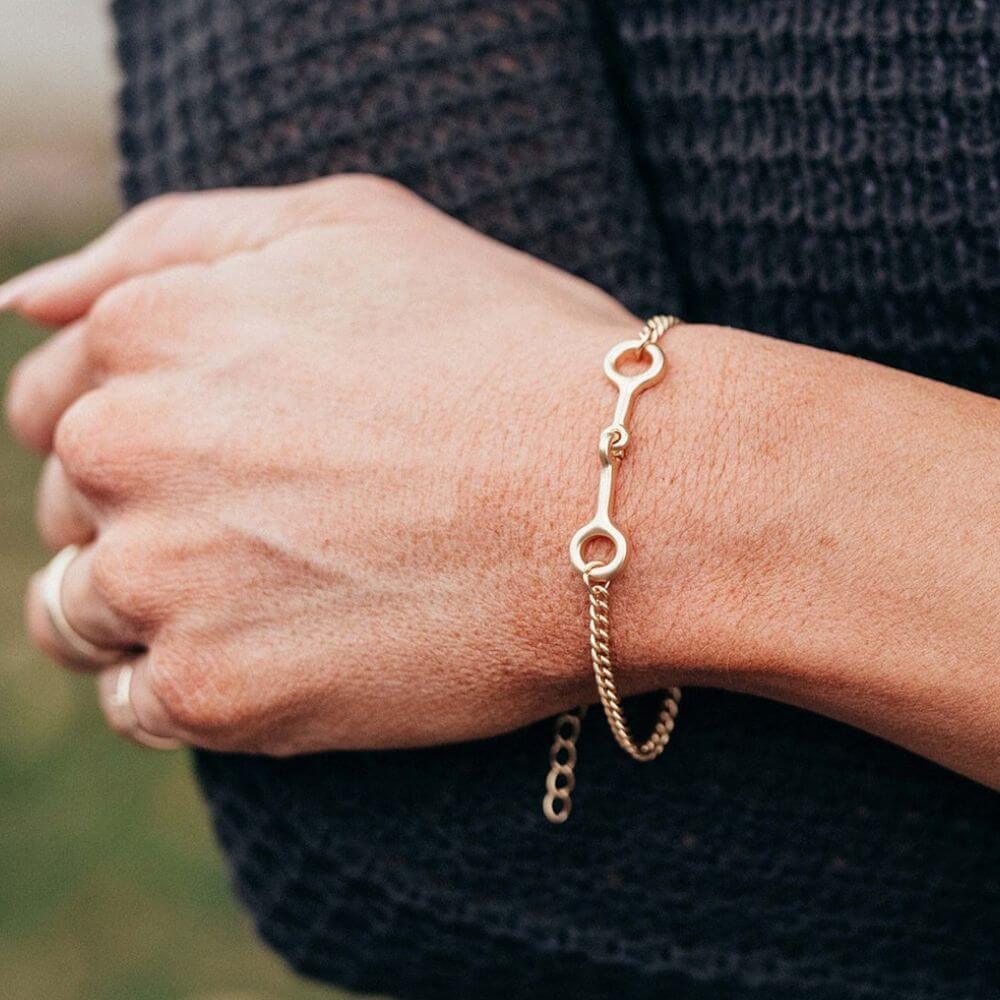


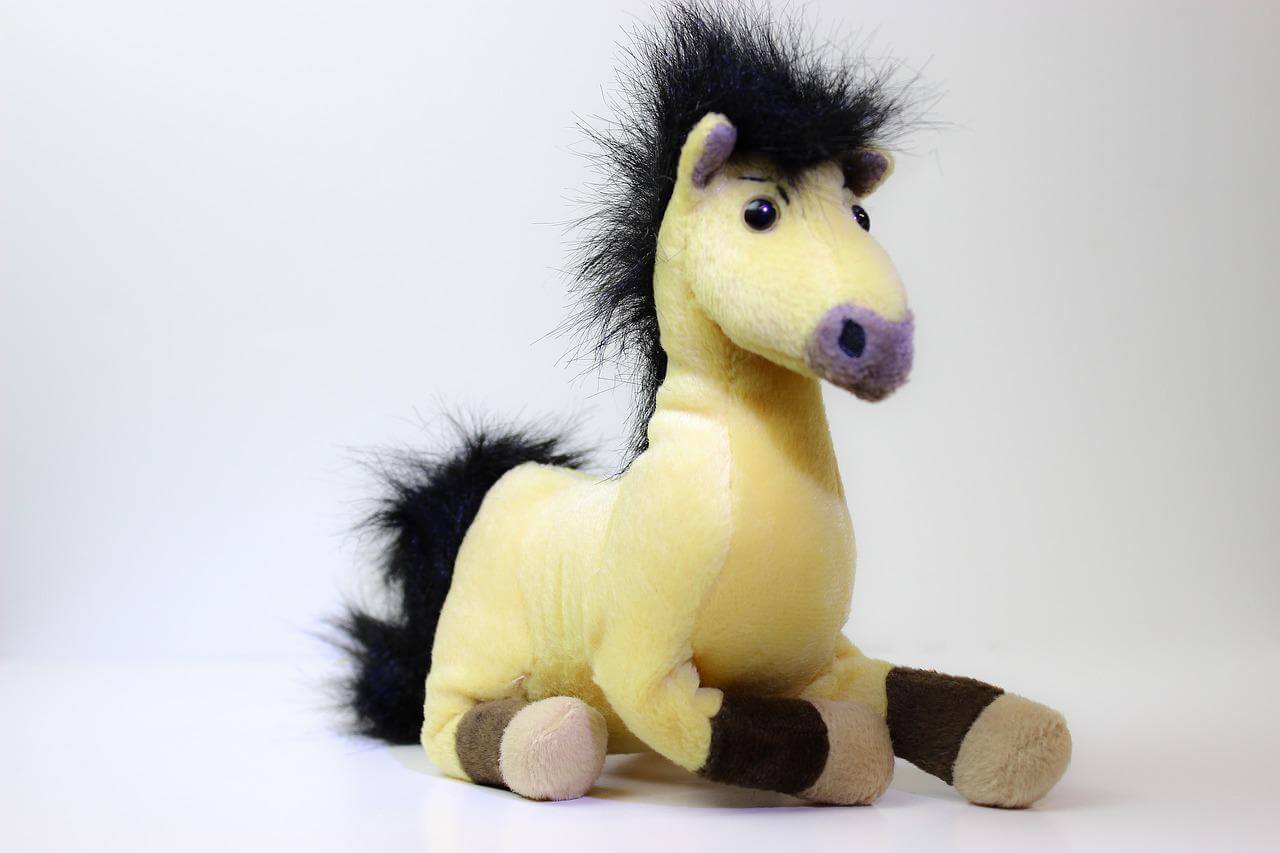
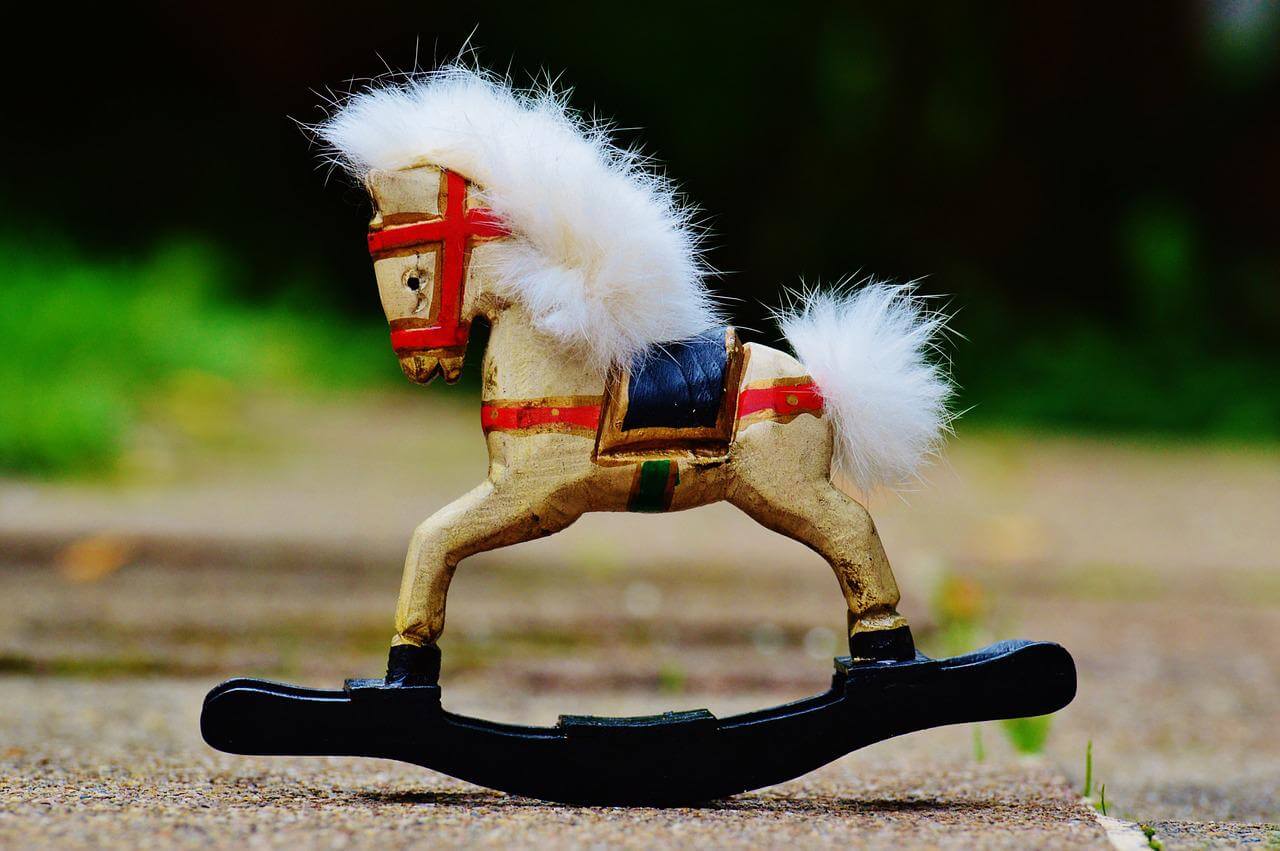
Leave a comment
All comments are moderated before being published.
This site is protected by reCAPTCHA and the Google Privacy Policy and Terms of Service apply.